Introduction
In an increasingly data-driven world, accurate and well-organized data collection has become essential business decisions. Submitting data on a data collection portal involves more than just uploading a file: it requires following specific standards to ensure quality, consistency and usability. For all users navigating the DotActiv Listing Portal, understanding the submission requirements is crucial. Thai article will outline the key requirements for data submissions helping users prepare their datasets to meet the portal standard and ensure the reliability of the collected data.
Fields By Section
Constraints
Min Display Depth (MDD)
The minimum number of facings deep that the product should have on shelf (This is generally set to 2, but can be increased for smaller products to increase visual appeal for minimum stock orders) The minimum depth required to display a product effectively on the shelf, ensuring proper visibility and accessibility for customers.
This refers to how many products are packed BEHIND the first one. You can maybe show an image of a shelf from a side or top view so the person can see how many products are packed behind the first one.

Images & Dimensions
Case Depth
The measurement of the depth of a product’s packaging case, typically in inches or centimeters, used to determine how much shelf space is required.
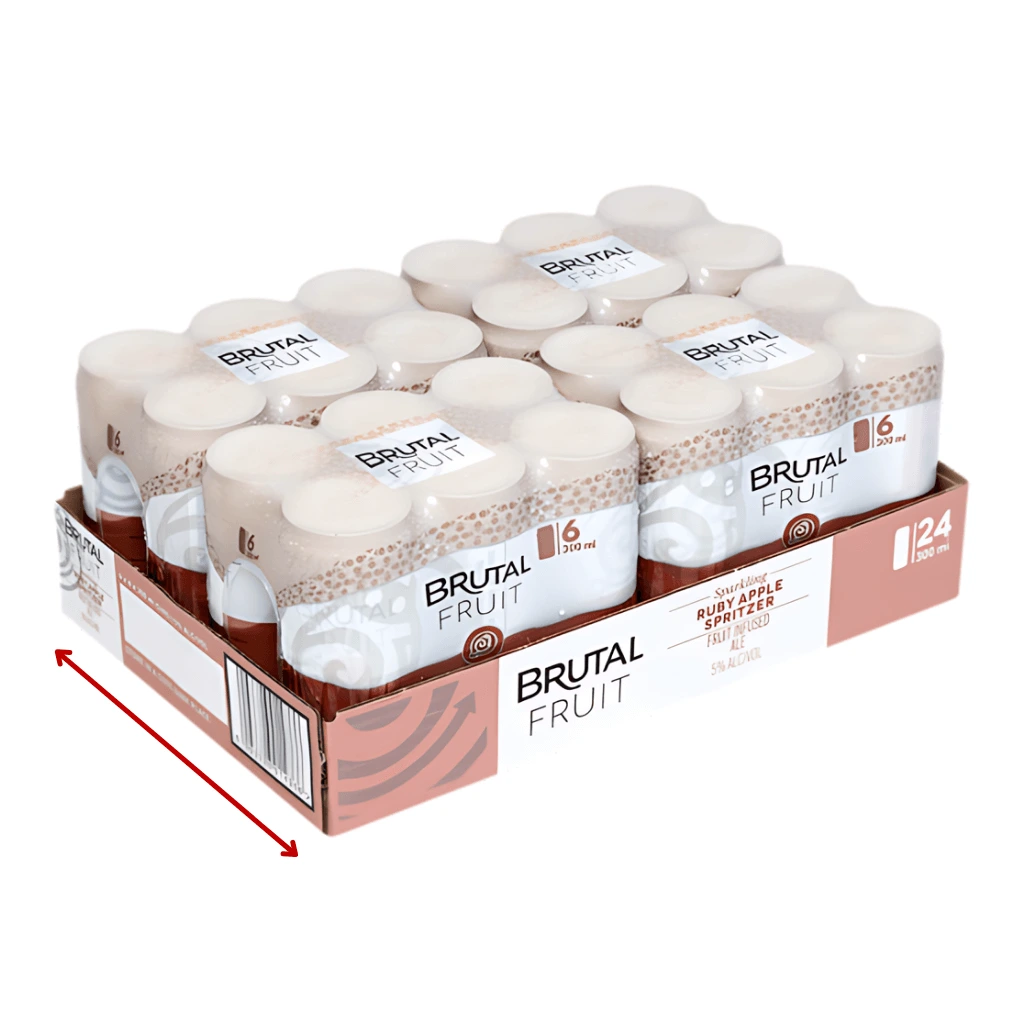
Case Height
The measurement of the height of a product’s packaging case, which helps in determining the vertical space needed for storage and display.
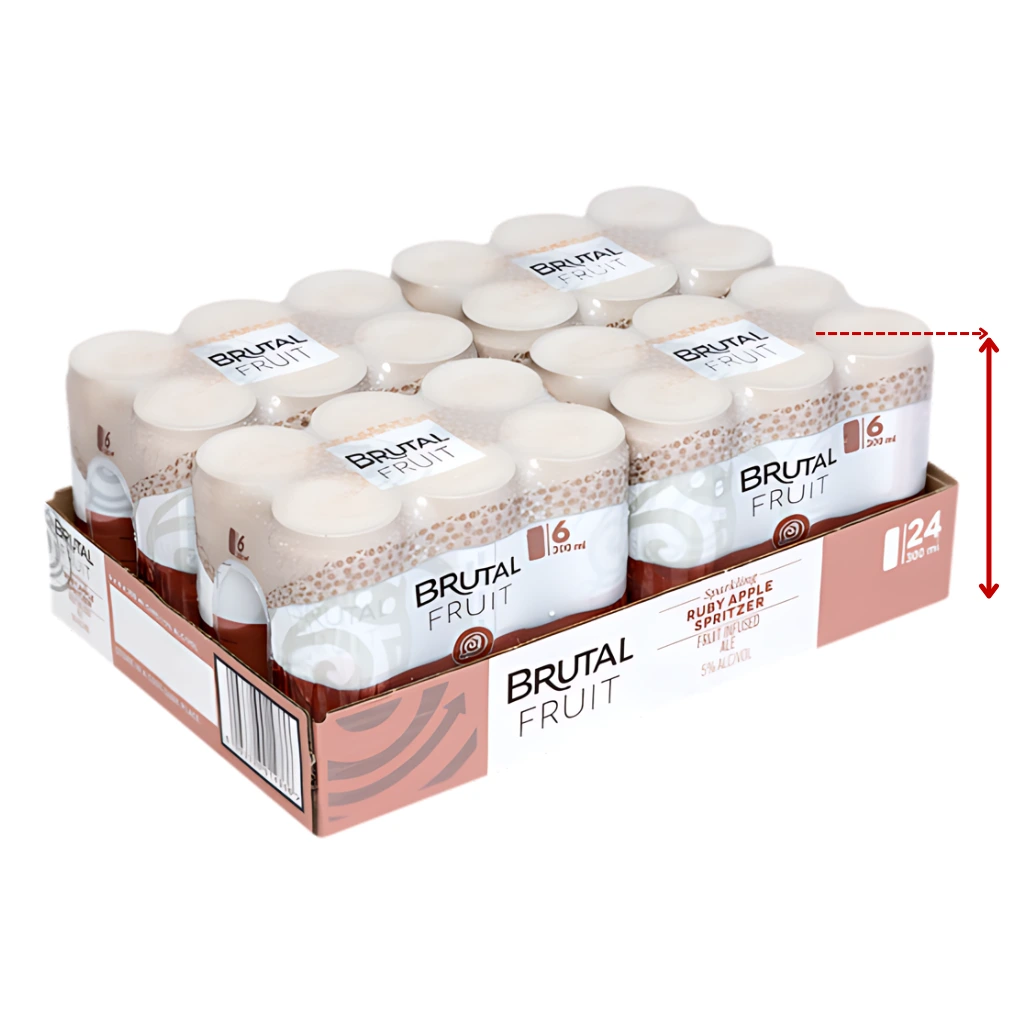
Case Width
The measurement of the width of a product’s packaging case, essential for planning shelf layout and space allocation.
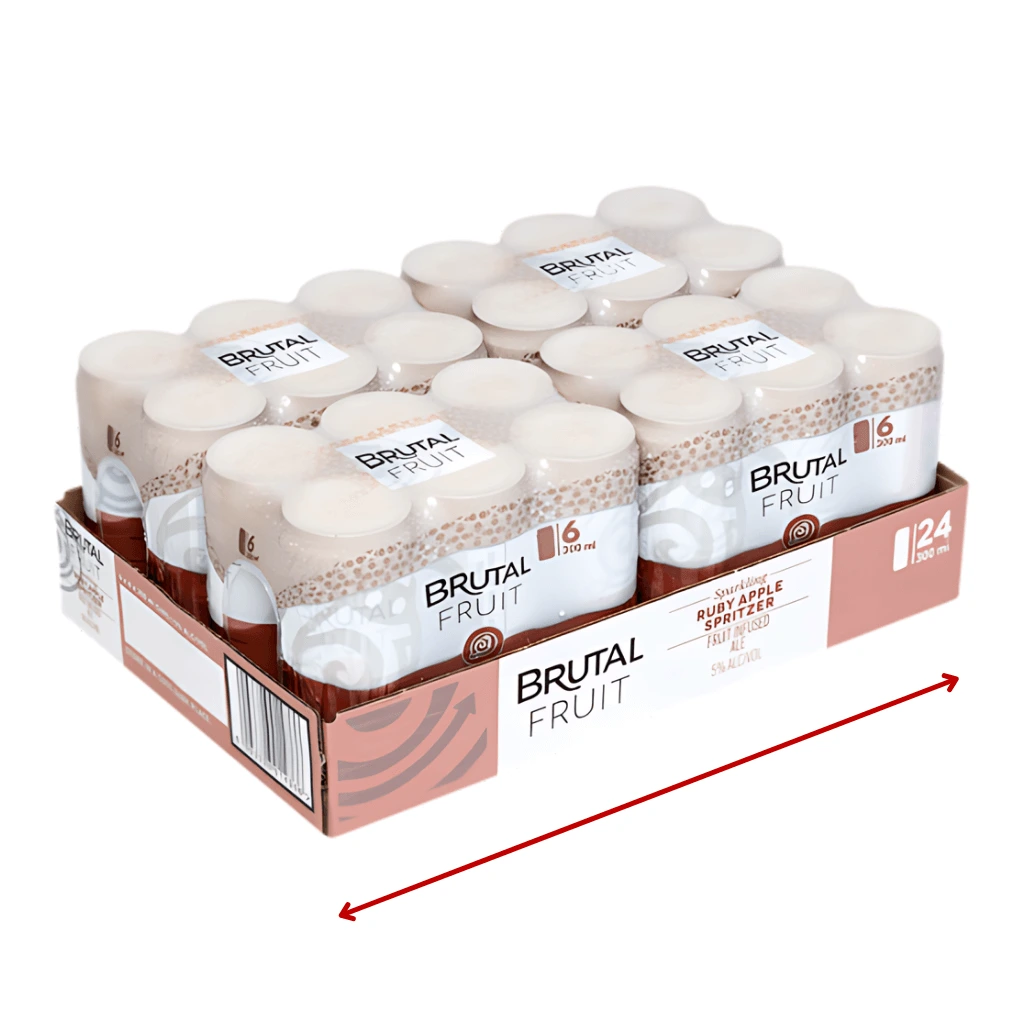
Depth
Product dimensions in CM or Inches based on the measurement system that is used in your region The overall measurement from the front to the back of a product or packaging, important for determining shelf and storage space requirements.
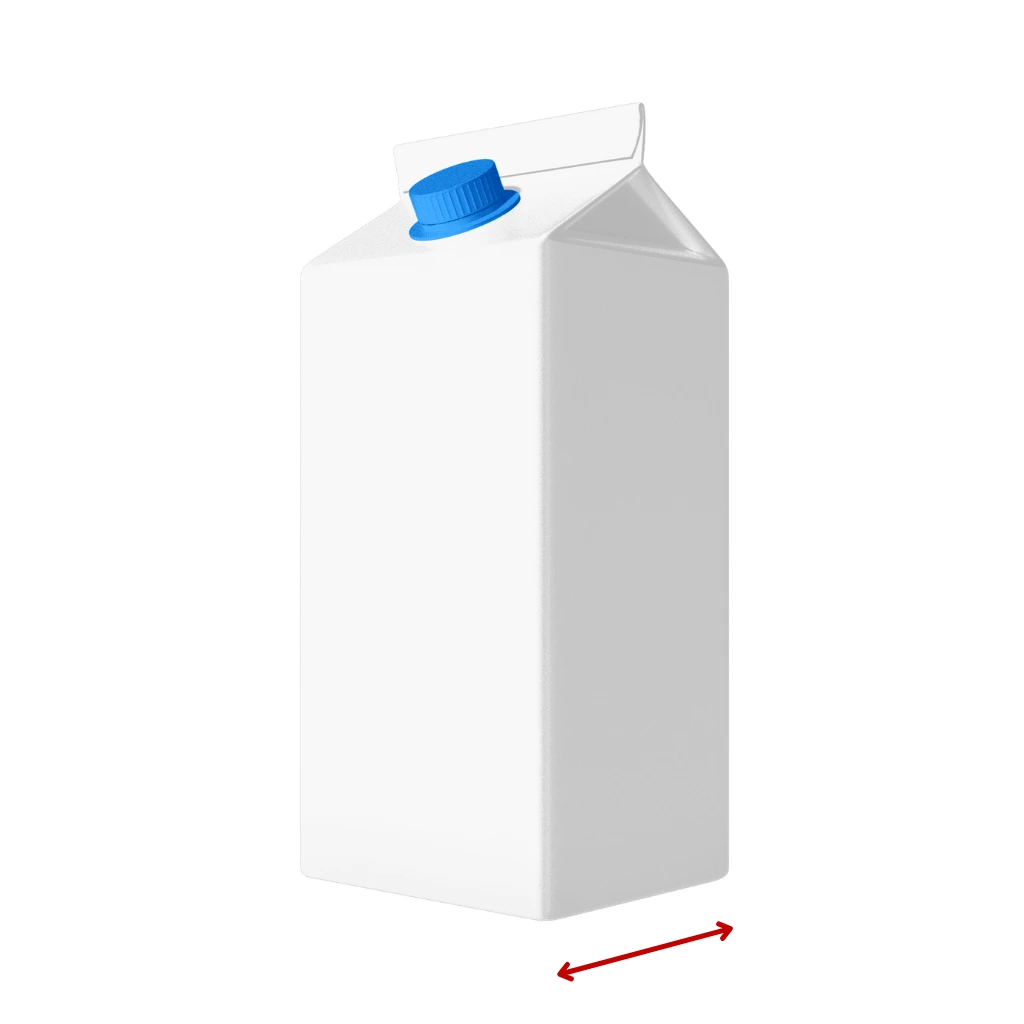
Height
Product dimensions in CM or Inches based on the measurement system that is used in your region The overall measurement from the bottom to the top of a product or packaging, used for planning vertical space on shelves and displays.

Width
Product dimensions in CM or Inches based on the measurement system that is used in your region The overall measurement from one side to the other of a product or packaging, crucial for arranging products side by side on shelves.
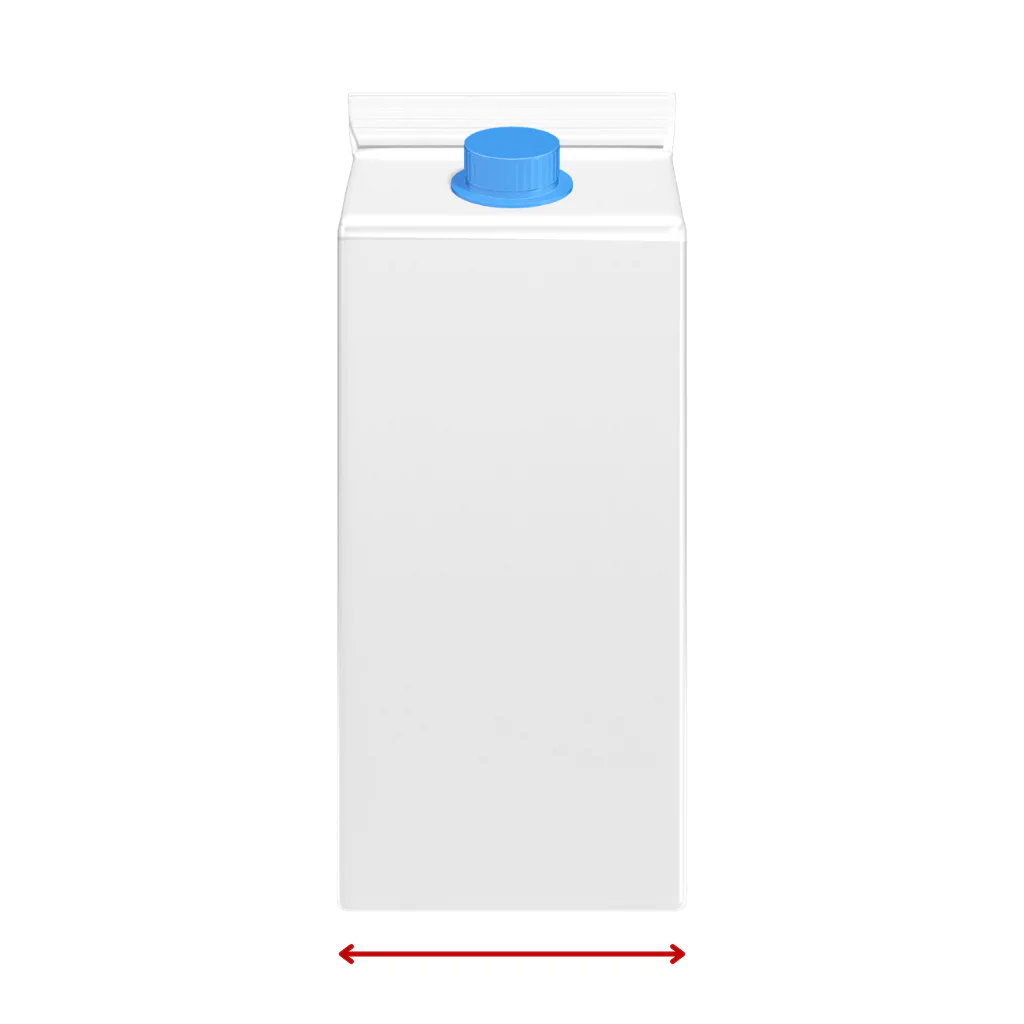
Tray Depth
The measurement of the depth of a product’s tray, used for packaging and display purposes, ensuring the product fits appropriately within the allocated space.
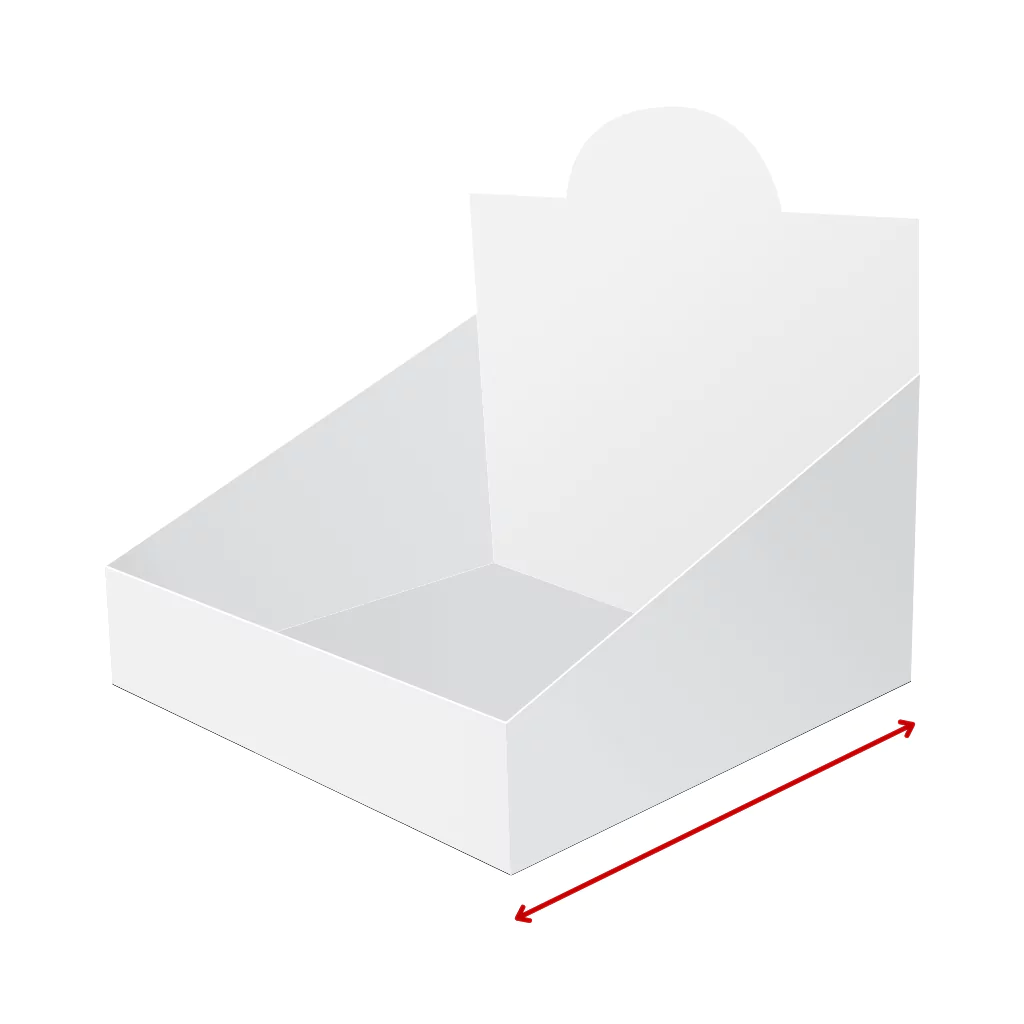
Tray Height
The measurement of the height of a product’s tray, important for stacking and space management in both storage and retail displays.
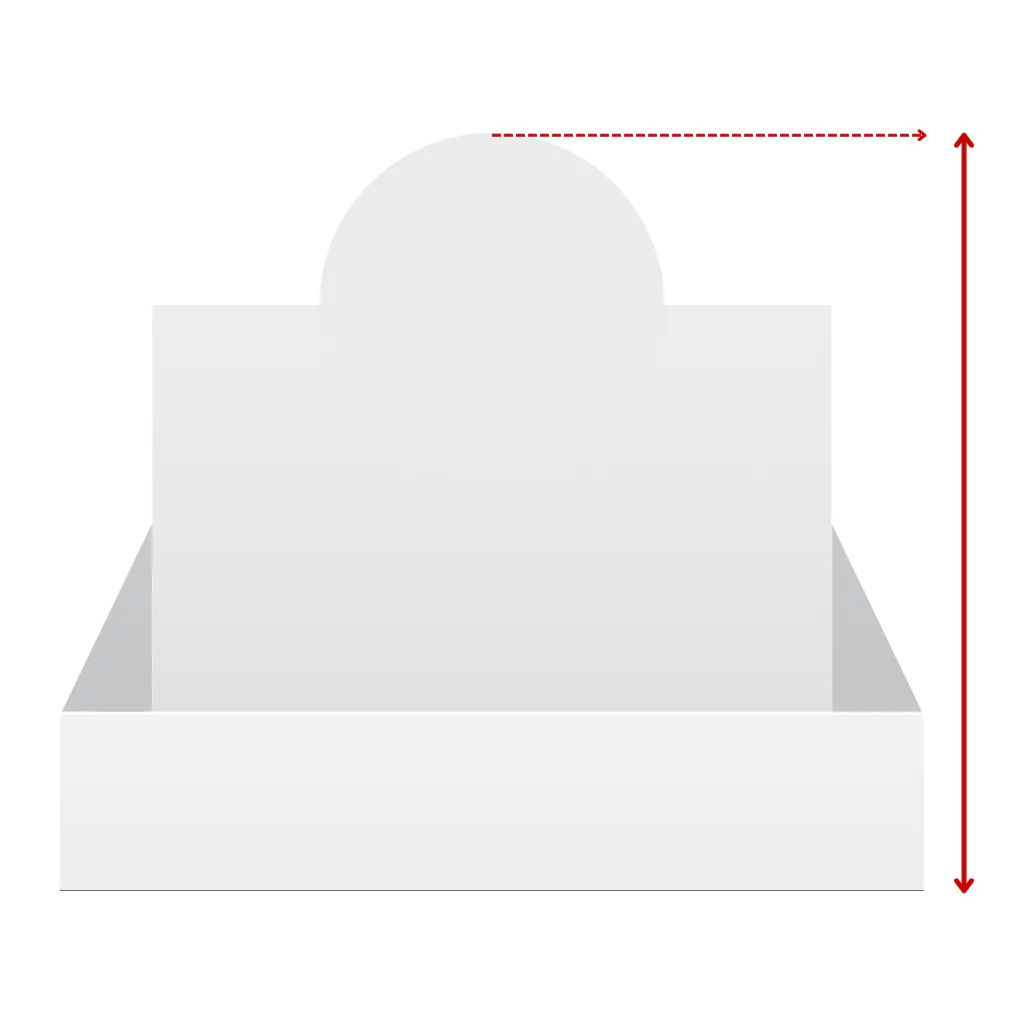
Tray Width
The measurement of the width of a product’s tray, crucial for planning the arrangement and spacing on shelves or displays.
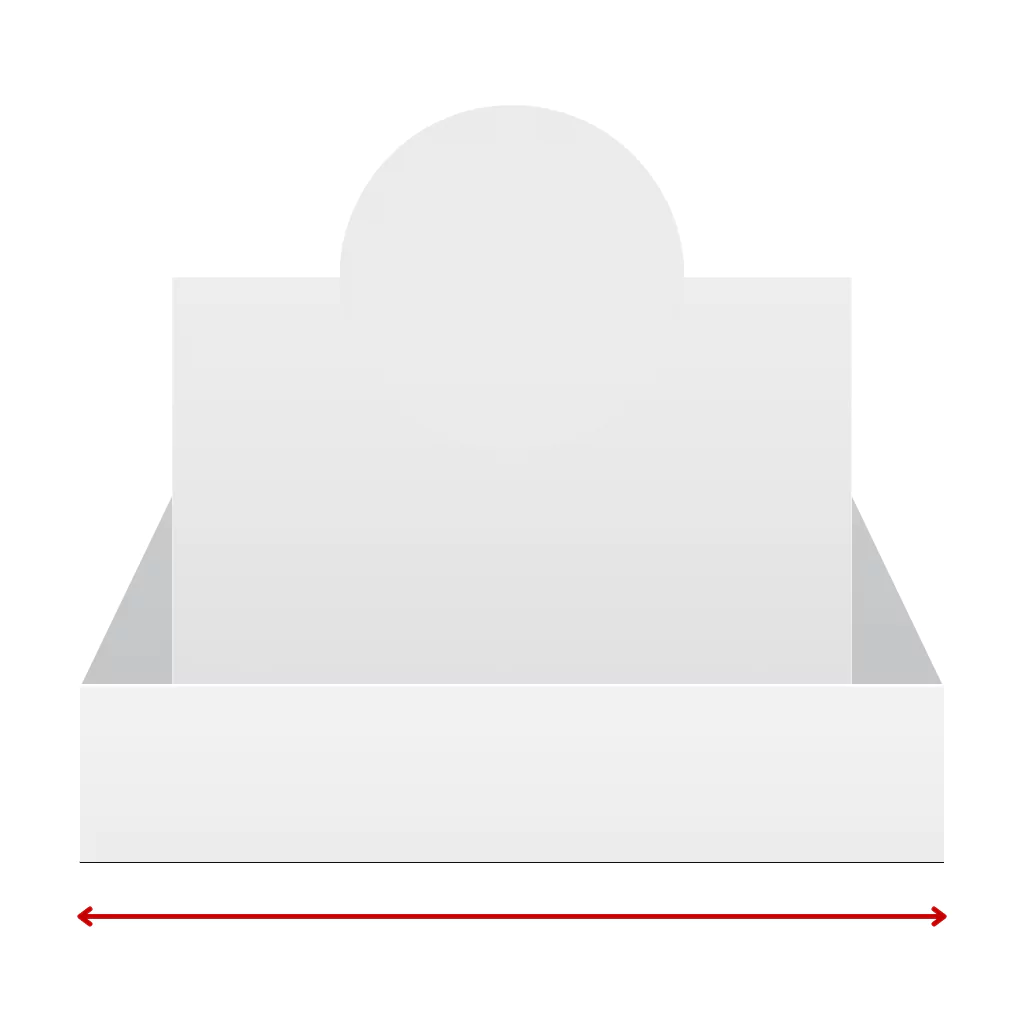
Front Image
A visual representation of the front view of a product, crucial for online listings, advertising, and customer-facing displays to attract buyers.
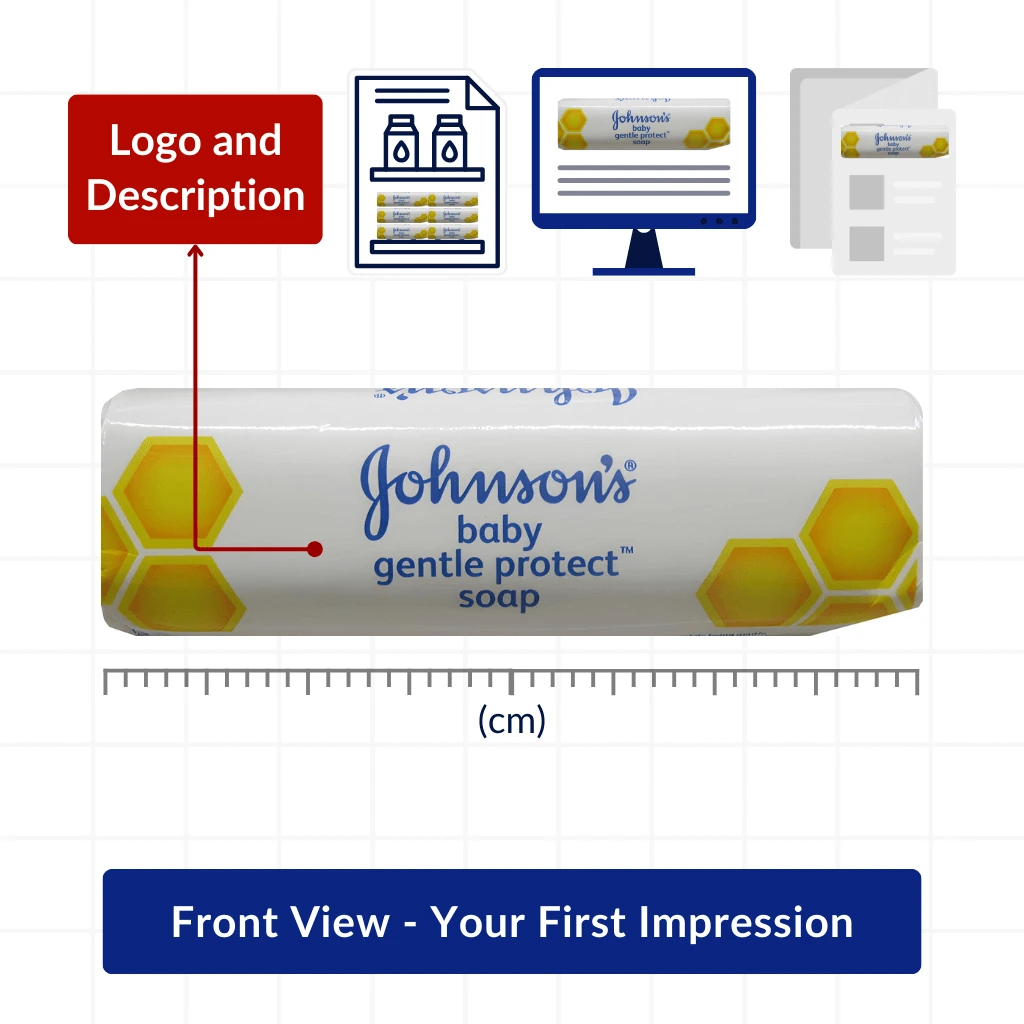
Side Image
A visual representation of the side view of a product, aiding in online presentations, packaging design, and shelf layout planning.
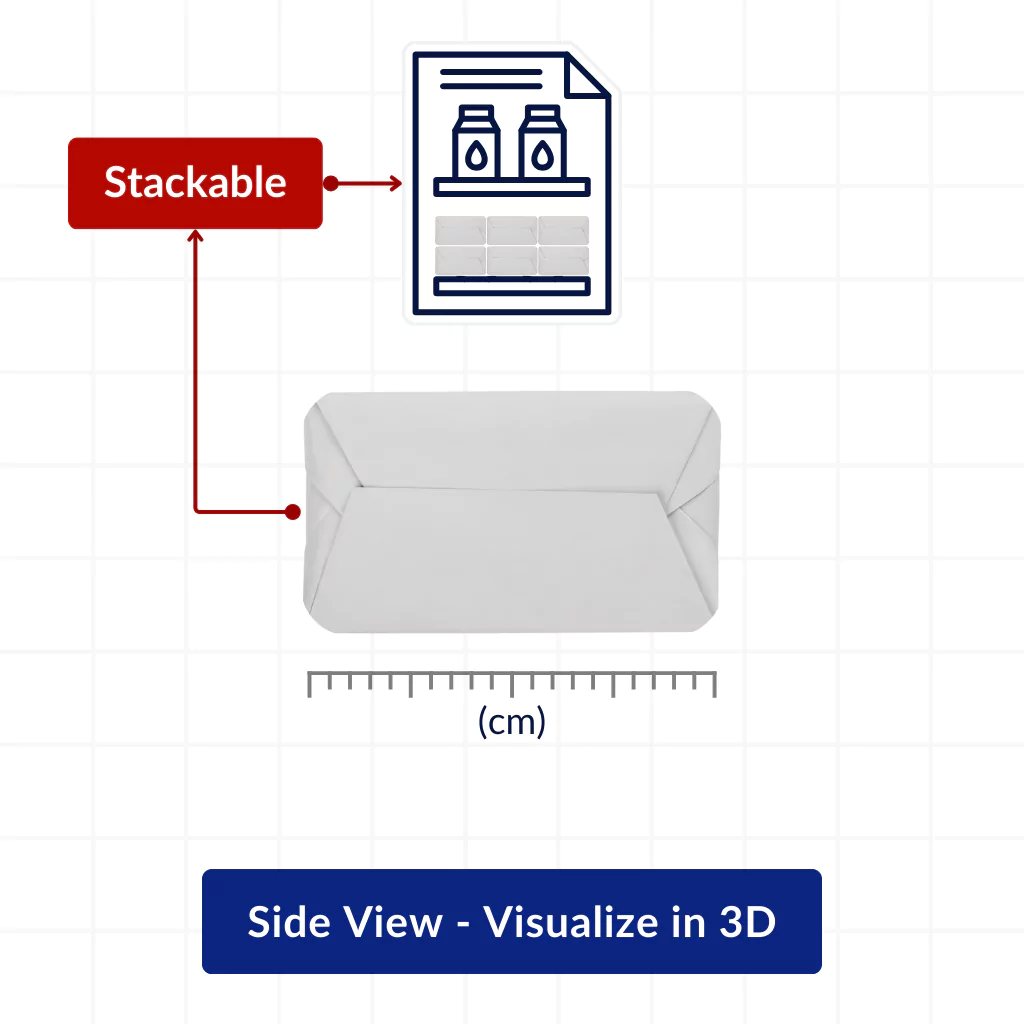
Top Image
A visual representation of the top view of a product, used in online listings, catalogues, and planograms for better visualization and marketing.

Display Structure
Merchandise Group
Level 1 of your product hierarchy
A broad grouping of products that share common characteristics or target the same market segment, facilitating large-scale merchandising and inventory decisions.
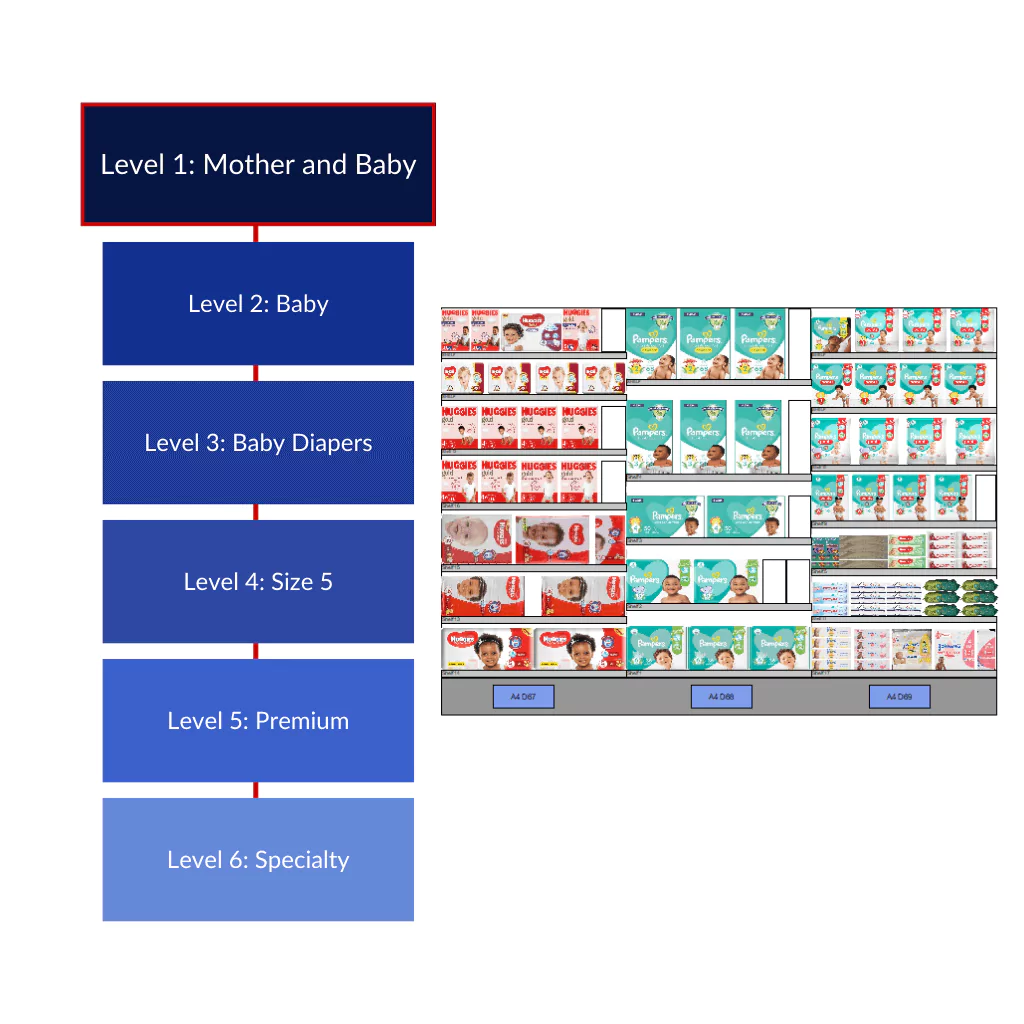
Department
Level 2 of your product hierarchy
A higher-level classification within a retail organization, encompassing multiple categories, and used for organizational and reporting purposes.
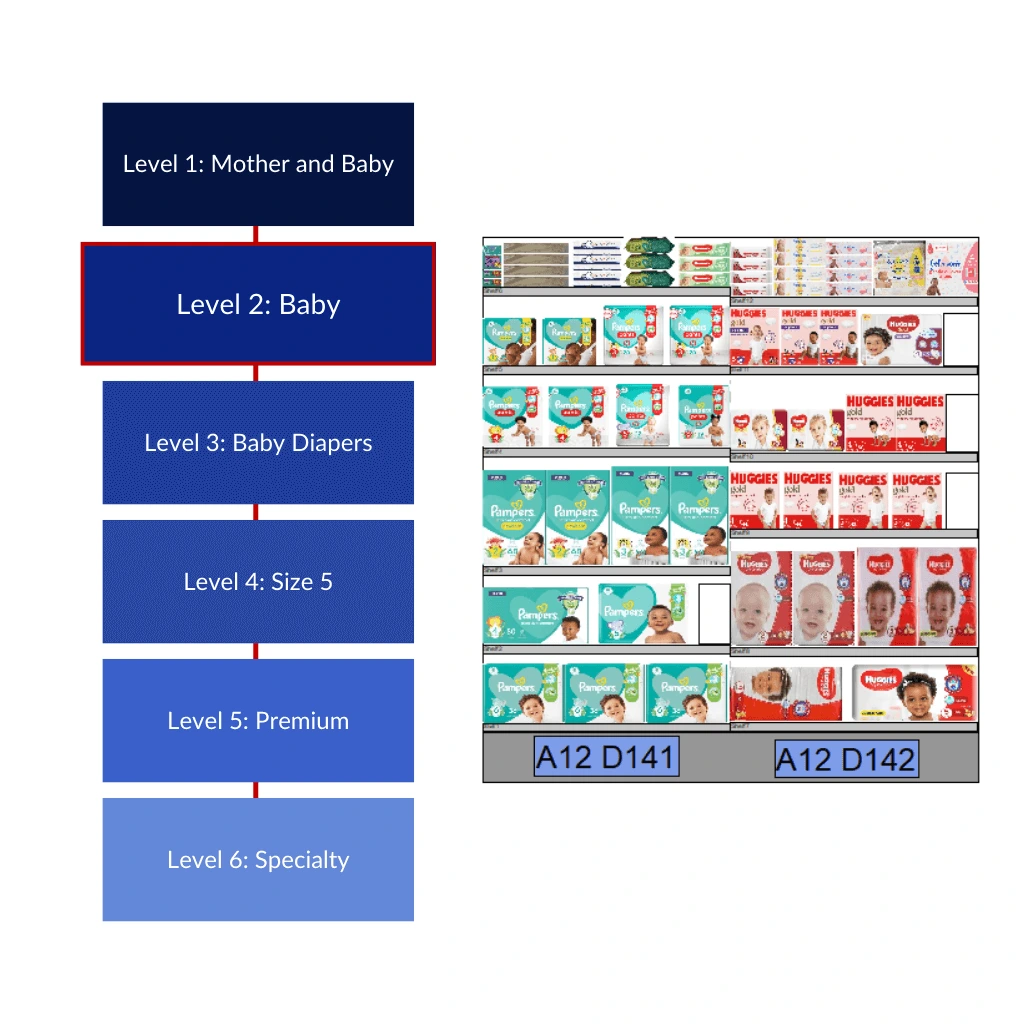
Category
Level 3 of your product hierarchy
A classification that groups similar products together, aiding in organization, marketing, and inventory management.
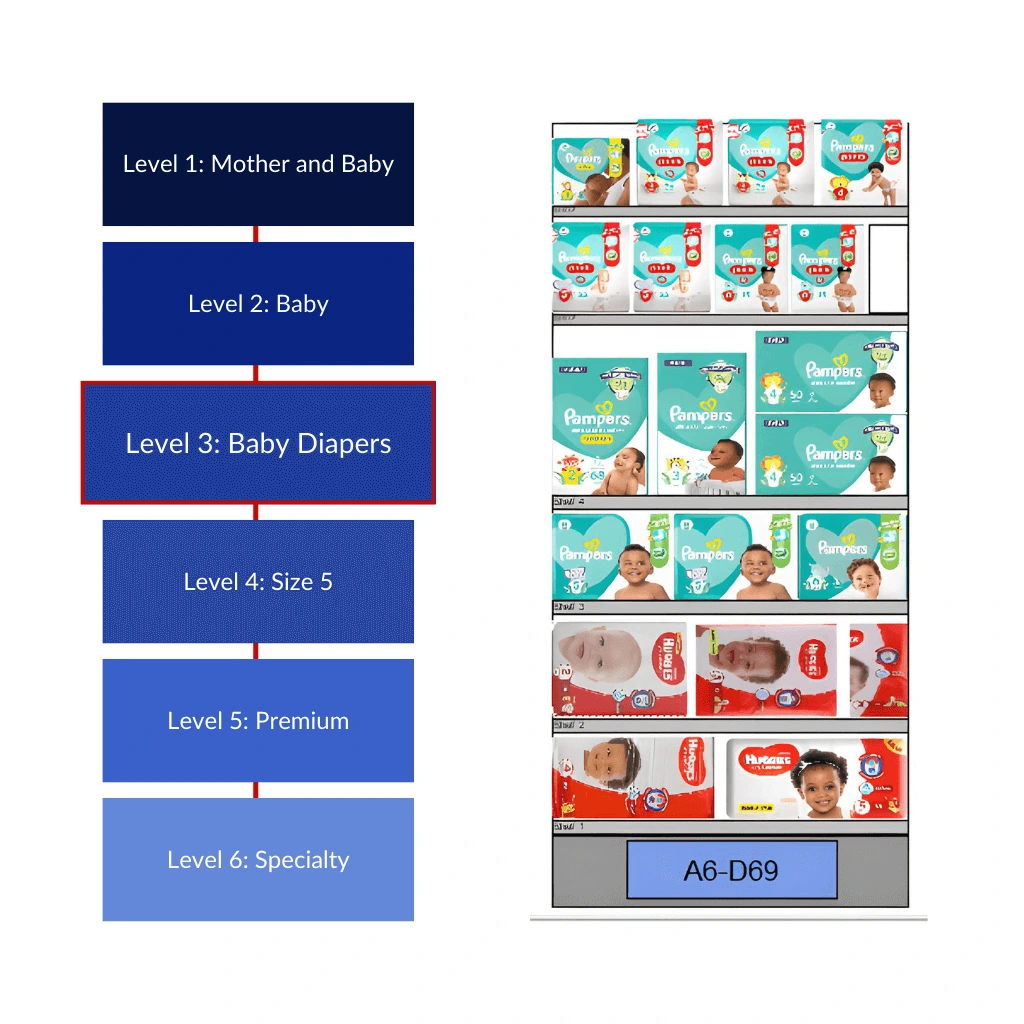
Sub Category
Level 4 of your product hierarchy
A further breakdown within a category that groups products based on even finer distinctions, useful for detailed inventory management and customer targeting.

Segment
Level 5 of your product hierarchy
A subdivision within a category that groups products based on more specific criteria, helping to target marketing efforts and tailor inventory.
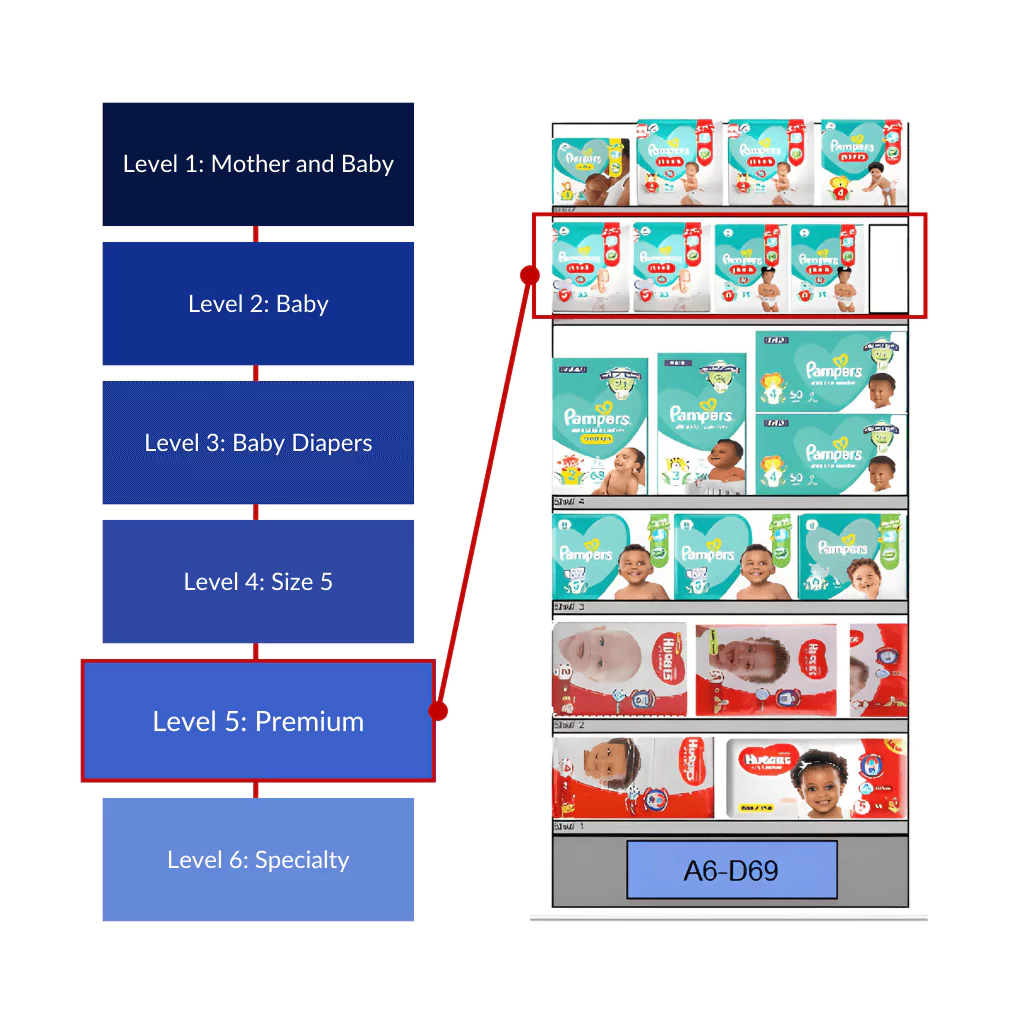
Sub Segment
Level 6 of your product hierarchy
A division within a segment that categorizes products based on very specific characteristics, allowing for precise marketing and inventory strategies.
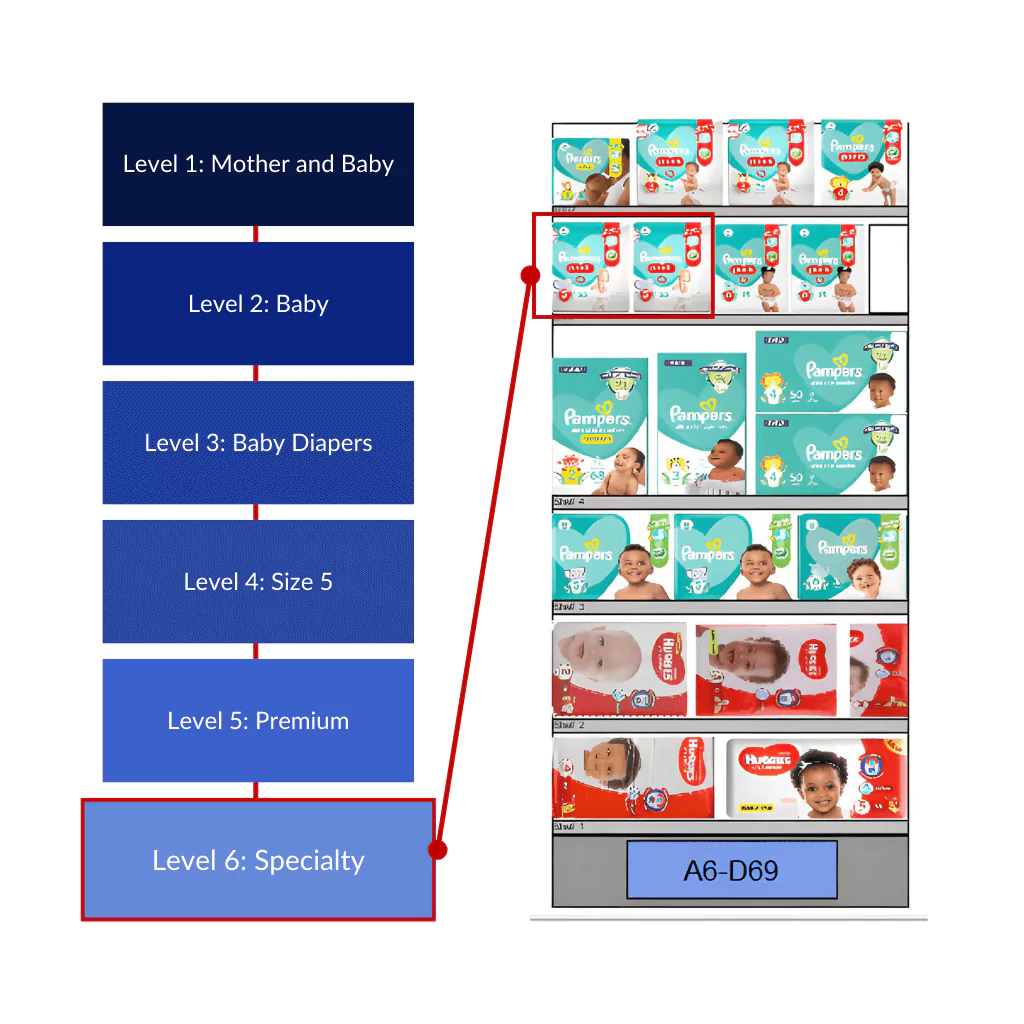
Product Description
Short Description of what the product is, products should all follow a consistent naming convention
A detailed description of a product, including its features, benefits, and specifications, used for marketing and customer information.
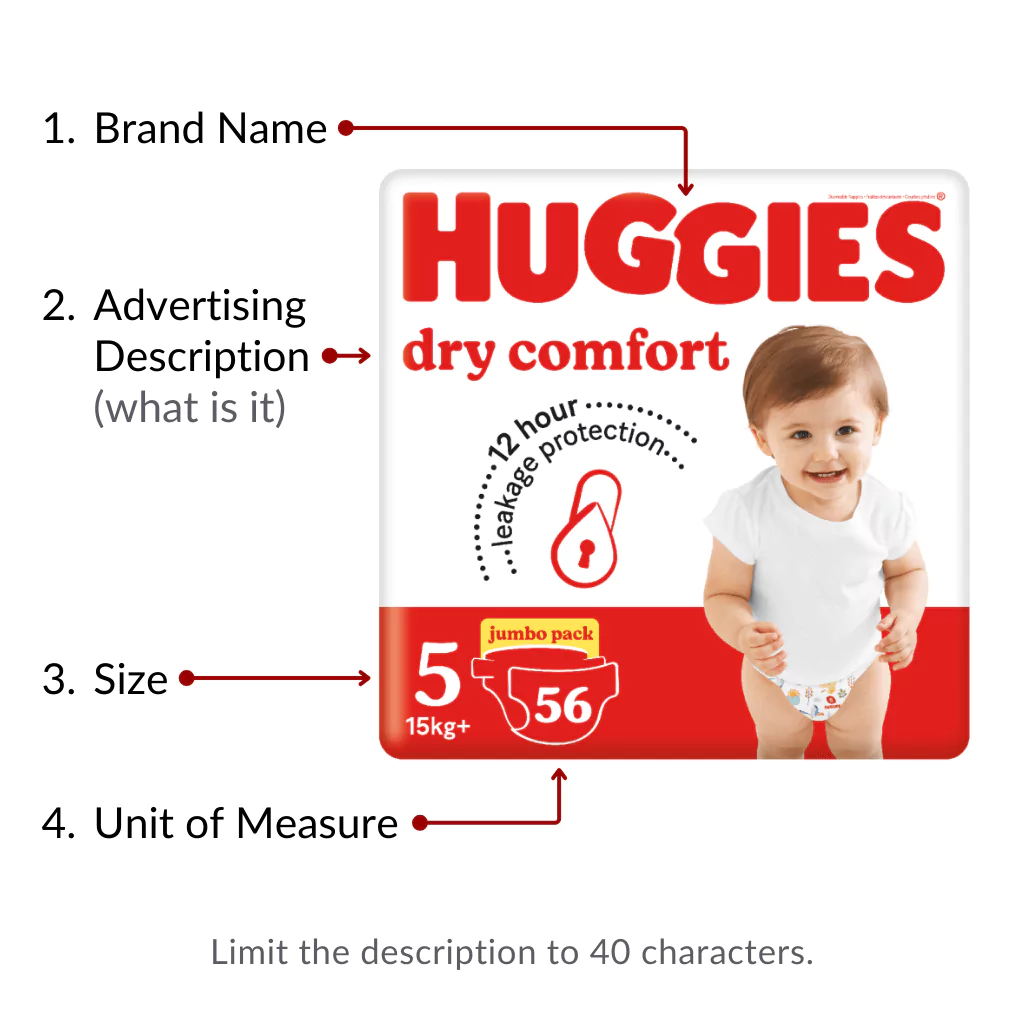
Barcode
The product barcode as per the packaging
A machine-readable code that contains information about a product, used for tracking inventory, pricing, and sales.
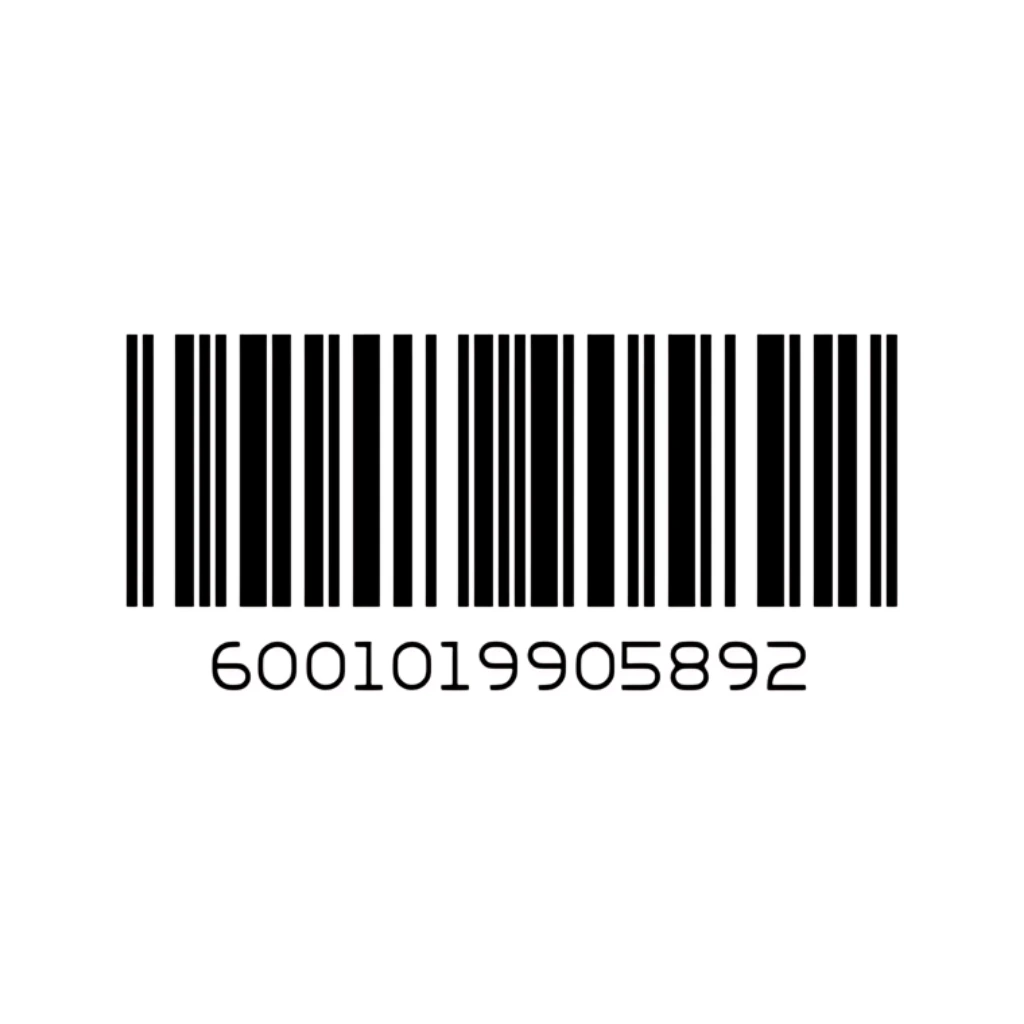
Brand
The Brand of the product
The name, term, design, symbol, or any other feature that identifies one seller’s product as distinct from those of other sellers.

Pack Size
The number of items contained in a shrink pack (i.e. the smallest quantity that can be ordered from the DC)
The quantity or volume of product contained in a single package, is important for inventory management, pricing, and customer choice.
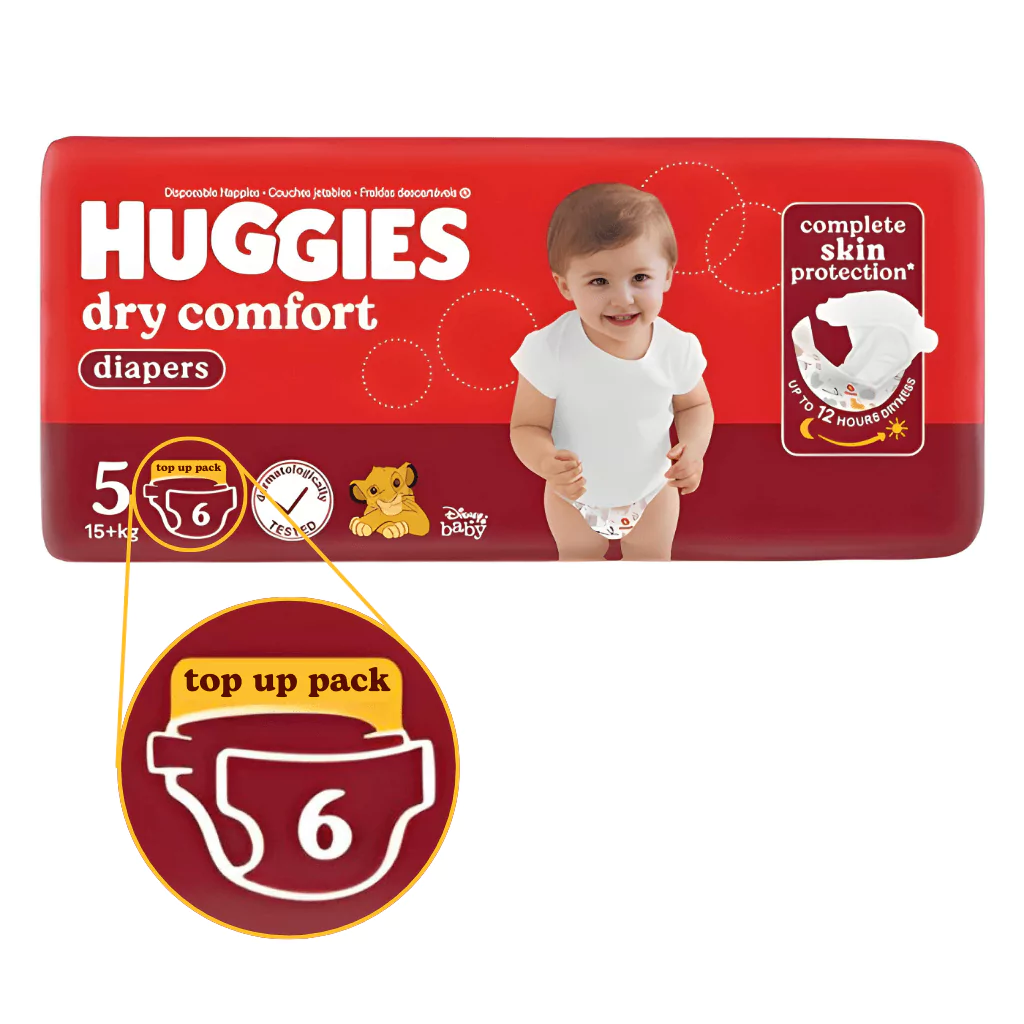
Product Code
The products product code if applicable
A unique identifier is assigned to a product for inventory and sales tracking purposes.
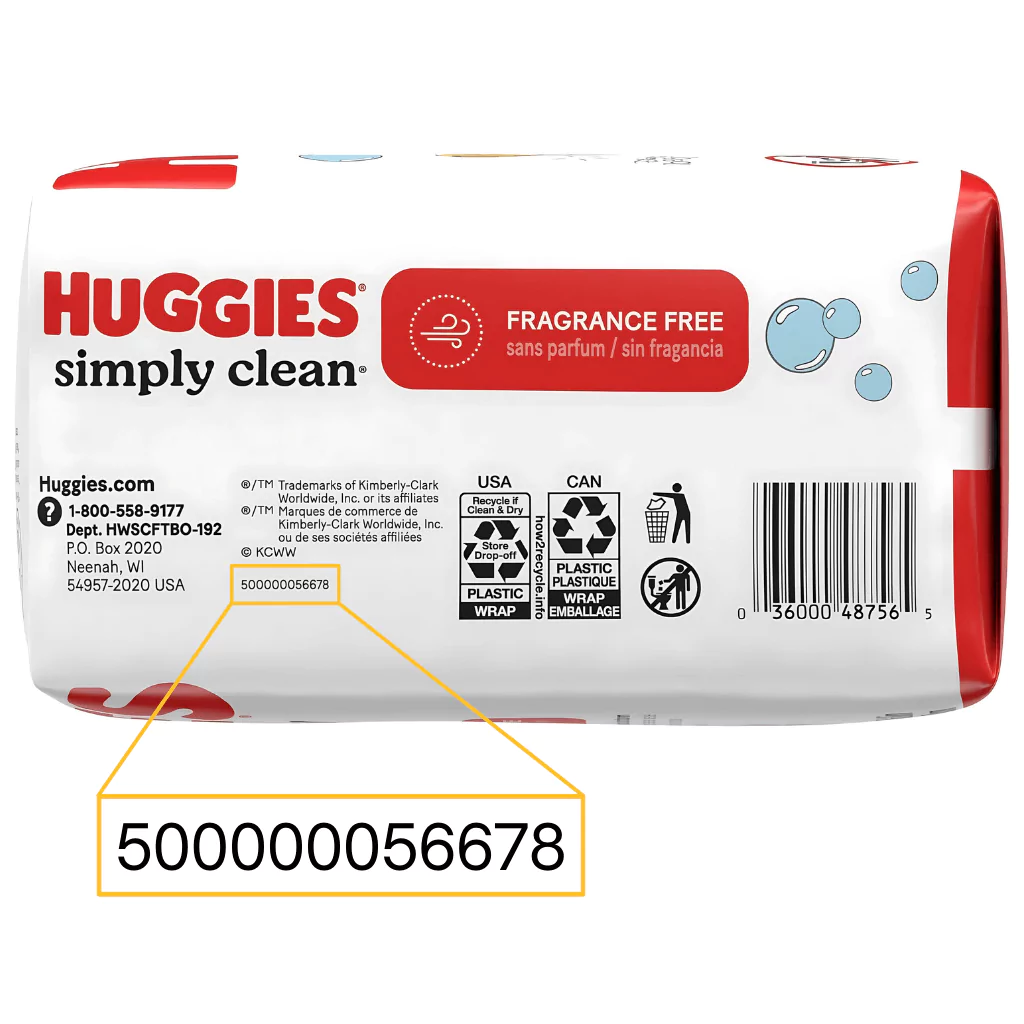
Size & Uom
Volume of the product and the Unit of Measure
“Size: The dimensions, volume, weight, or quantity of a product, often used to inform consumers and manage inventory. Size can refer to measurements (e.g., Small, Medium, Large) or specific values (e.g., 1 liter, 500 grams).
Uom (Unit of Measure): The standard unit used to quantify the product’s size or quantity, such as liters, grams, pieces, or inches. UoM is critical for inventory tracking, pricing, and sales reporting.”

Sub Brand
A secondary brand associated with a parent brand, targeting a specific market segment or product category within the overarching brand.
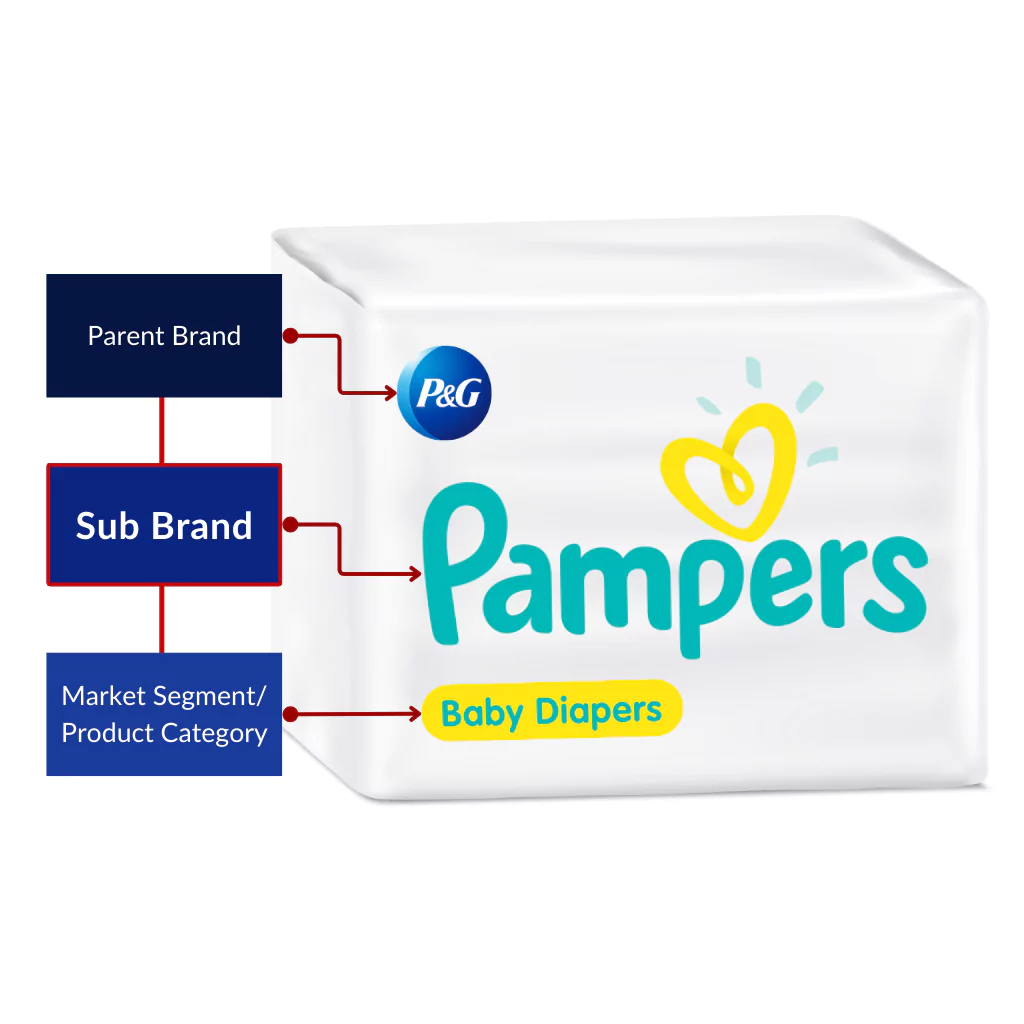
Packaging
Packaging product fields are metrics used to evaluate the effectiveness, efficiency and sustainability of the packaging used to wrap products, with the goals of reducing costs, reducing negative environmental impact and improving customer satisfaction
Compostable / Biodegradable
Is the product and its packaging compostable and/or biodegradable?
Indicates whether a product can break down naturally into non-toxic components under certain conditions, important for environmental sustainability. Biodegradable materials play a crucial role in reducing waste accumulation and environmental pollution, offering a more sustainable alternative to conventional non-biodegradable materials.
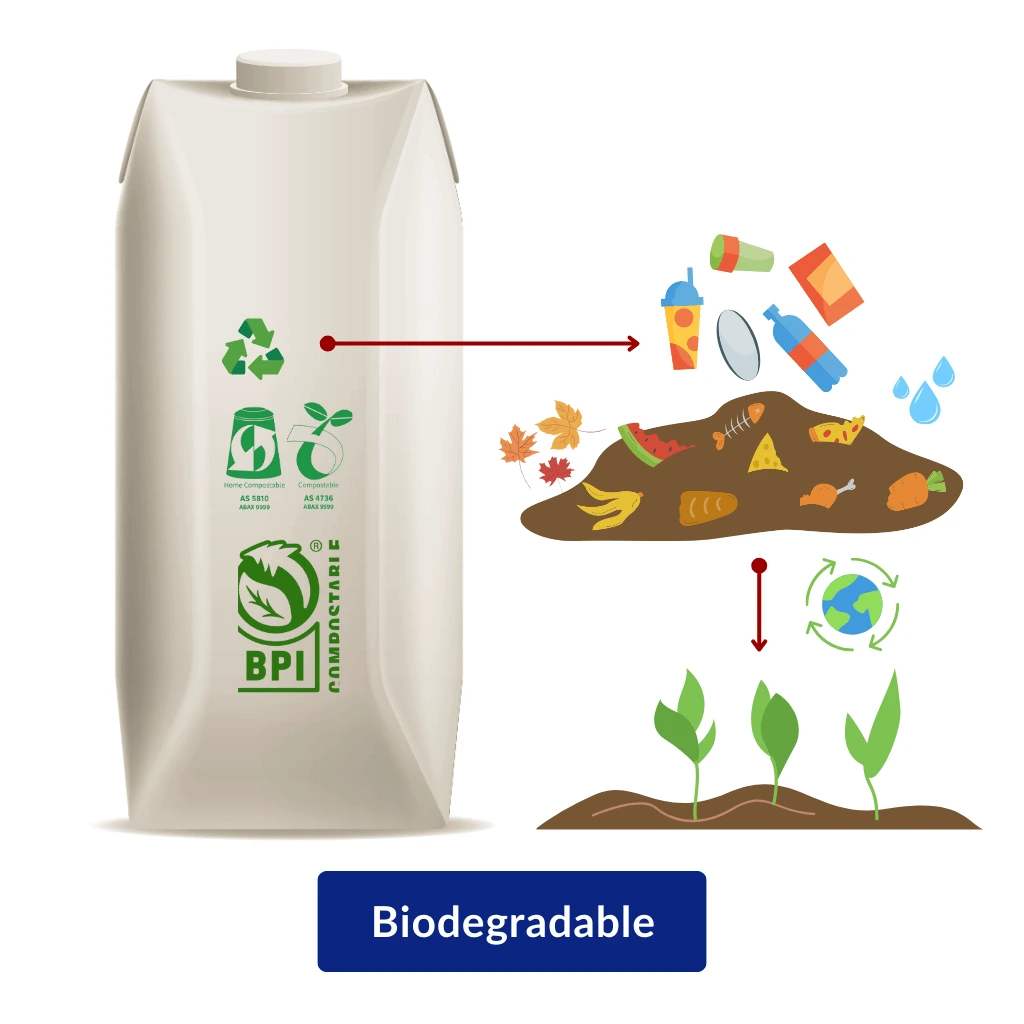
Made using Recycled Materials
Is the product and its packaging made from recycled materials?
Indicates that the product or its packaging contains materials that have been reused from previous products, promoting sustainability and reducing waste.
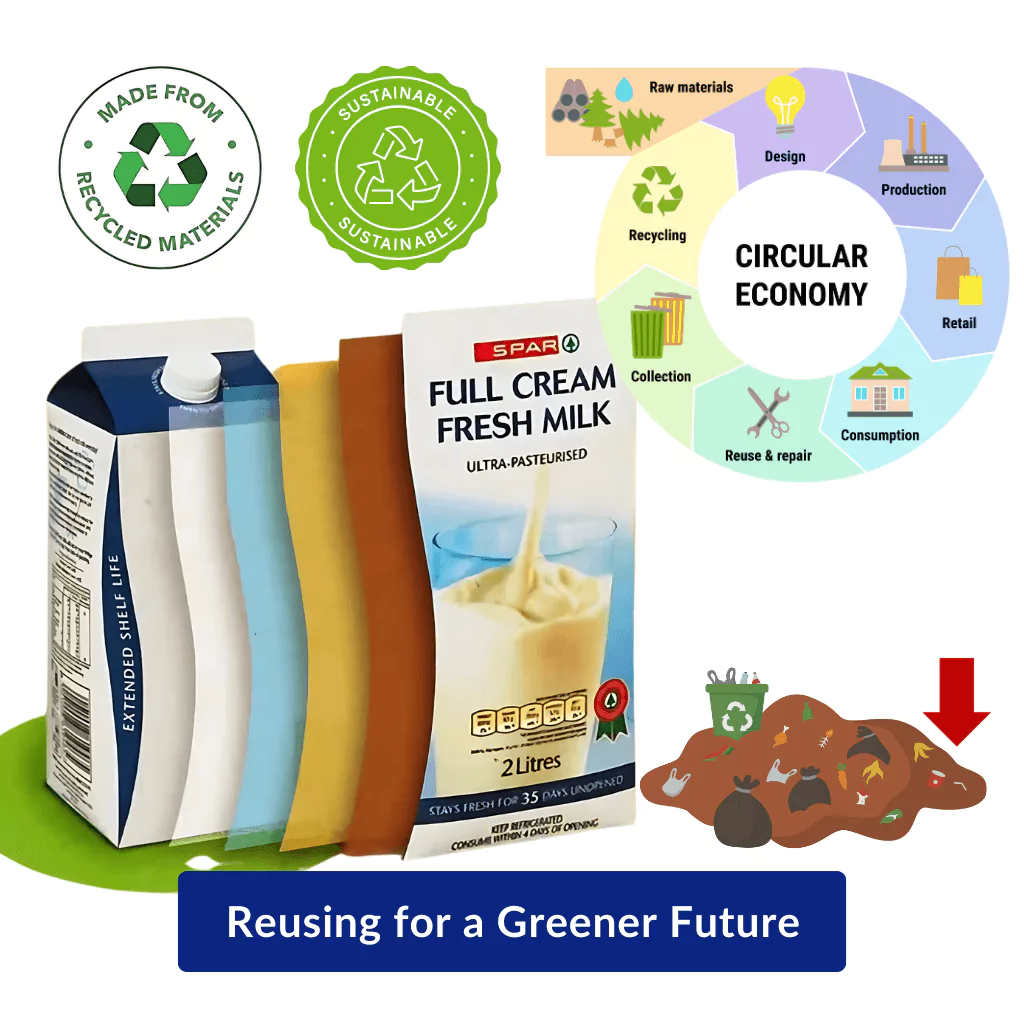
Overpackaging %
What is the percentage of overpacking for the product?
Is there a large amount of unnecessary packing or is it limited only has what is necessary The percentage of packaging material that exceeds what is necessary to protect and contain the product, relevant for sustainability and cost reduction efforts.
Products can have a 9% packaging percentage of the actual product weight. If a product has a higher percentage packaging weight than the appropriate 9% the product is identified as overpackaged.

Plastic Grade
What is the grade of the plastic the product contains?
Plastic grade refers to the classification of plastic materials based on their Resin Identification Code (RIC), which indicates the type of resin used in their production. This is the PETE, HDPE, PVC, etc… values that are used to measure the recyclability of plastic The classification of the type of plastic used in the product or packaging, affecting its recyclability and environmental impact.
This classification system helps in identifying, sorting, and recycling plastics effectively. The codes numbered 1 through 7, represent different types of plastics with distinct properties and recycling potential.
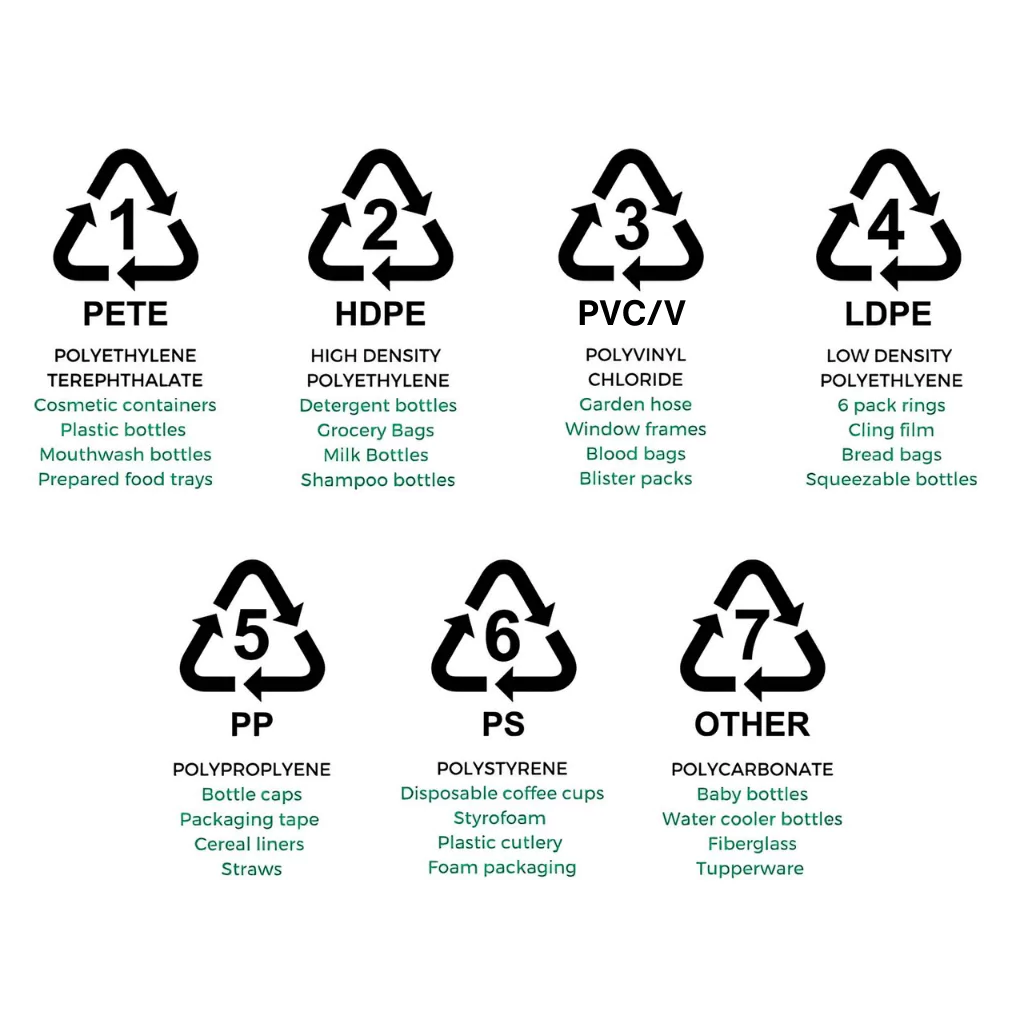
Recyclable
Is the product itself recyclable?
Indicates whether a product or its packaging can be processed and reused in the manufacturing of new products, reducing waste and conserving resources.
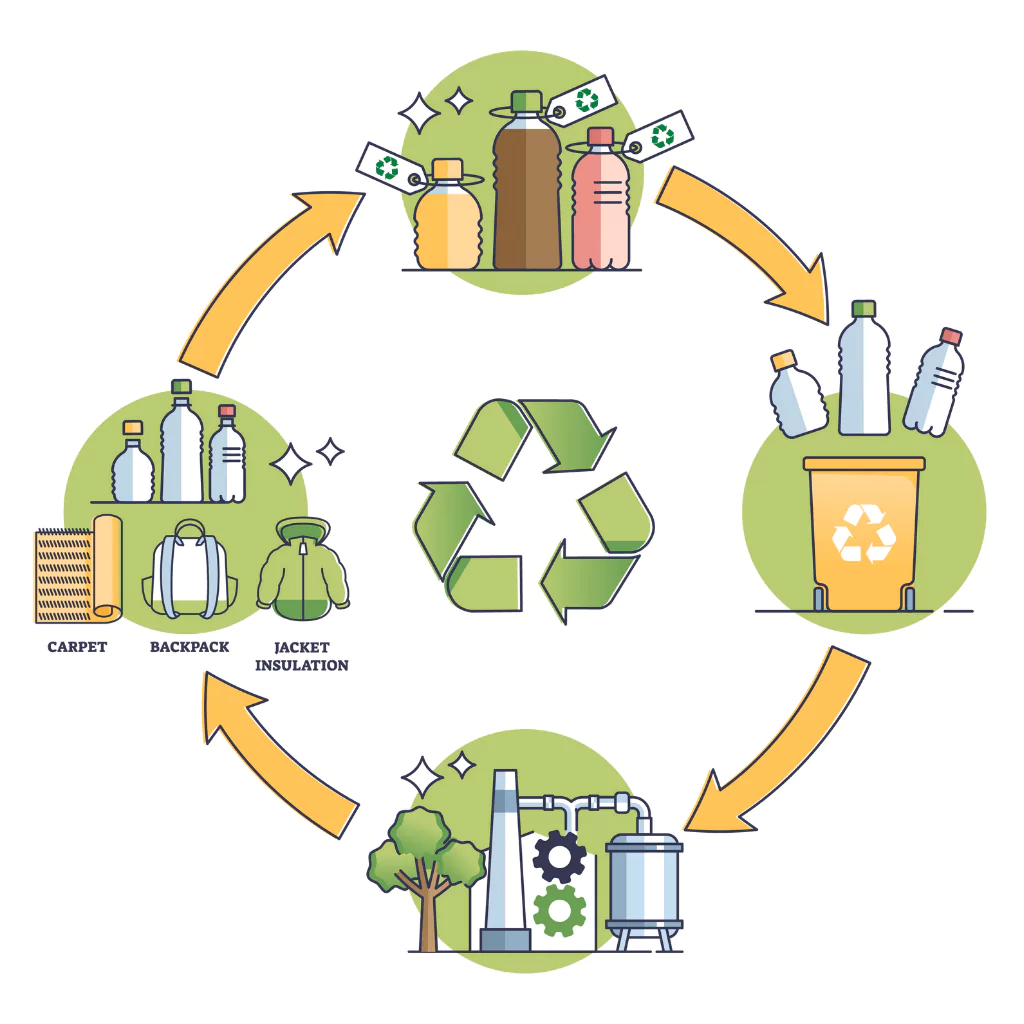
Recycled Materials %
What percentage of recycled materials are used in the product and its packaging The percentage of the product or packaging that is made from recycled materials, supporting sustainability and reducing environmental impact.
This percentage reflects the amount of material recovered and repurposed from waste that has been used in the manufacturing process. Higher percentages signify a greater use of recycled content, contributing to sustainability by reducing the need for virgin resources, conserving energy, and minimizing environmental impact.
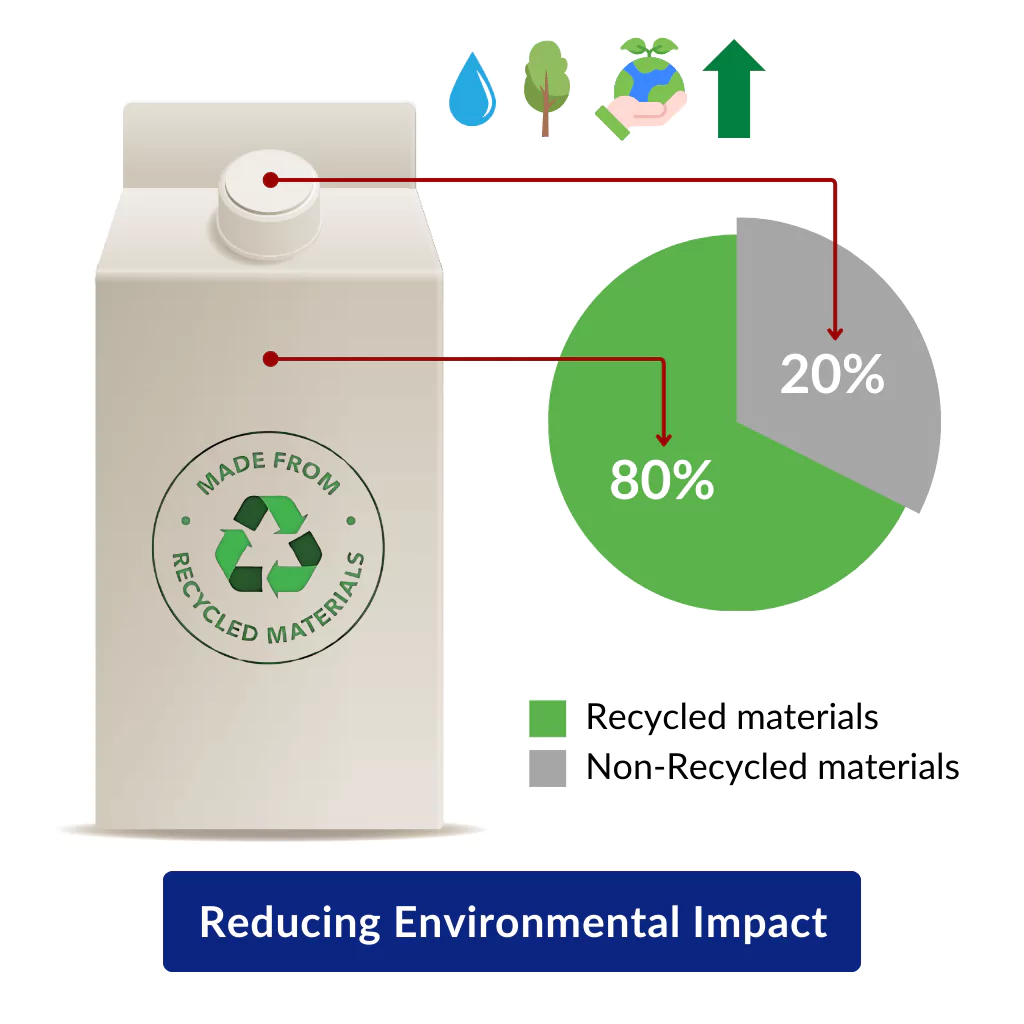
Reusable
Can the product be reused multiple times?
Indicates that a product or its packaging can be used multiple times for its original purpose, reducing waste and promoting sustainability.

Procurement
ABC Classification
A method of categorizing inventory based on its importance, with ‘A’ items being the most valuable, ‘B’ items of moderate value, and ‘C’ items being the least valuable, often used in inventory management to prioritize resources and efforts.
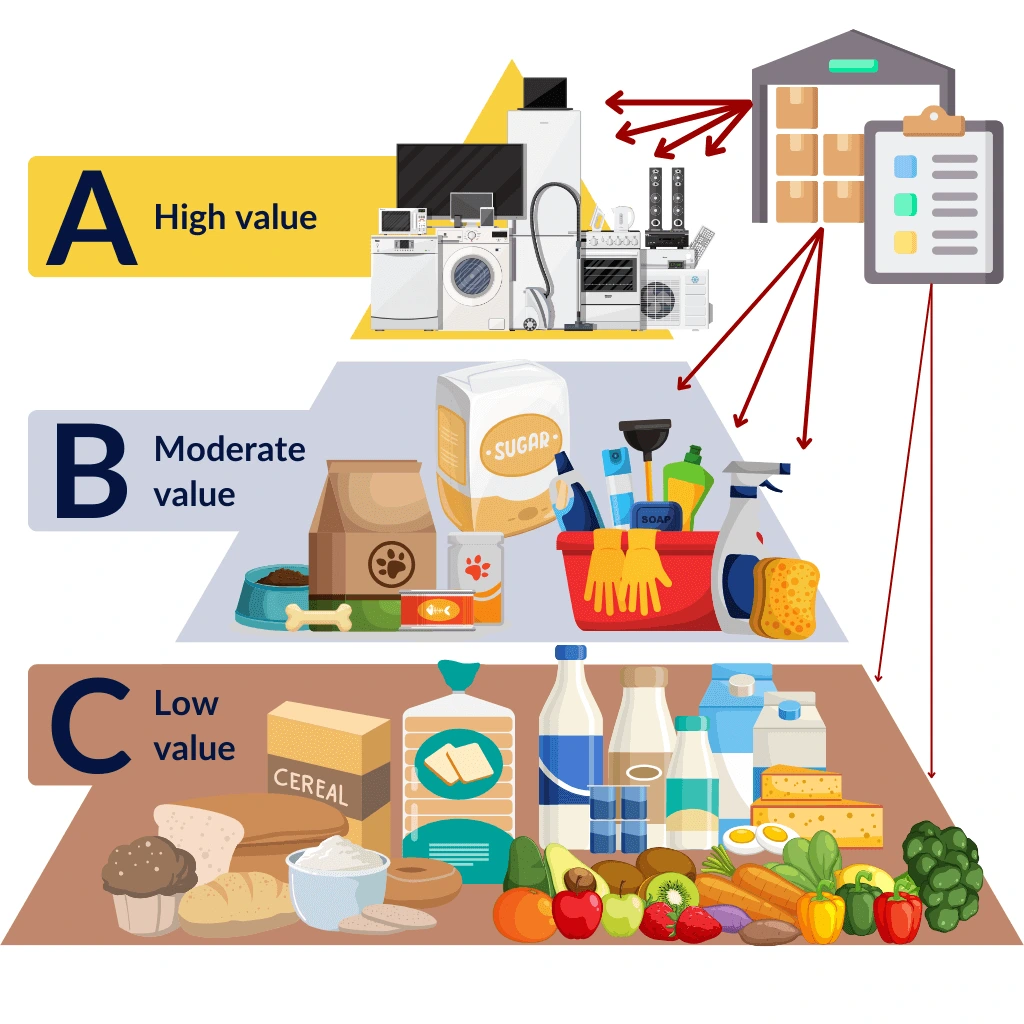
Active or Inactive
The status of a product in the inventory system, indicating whether it is currently available for sale (active) or not (inactive).

Supplier
The entity or company that provides products to the retailer, responsible for manufacturing or distributing the goods.

Secondary Display Structure
Category
[Secondary Display Structure] A classification that groups similar products together, aiding in organization, marketing, and inventory management.
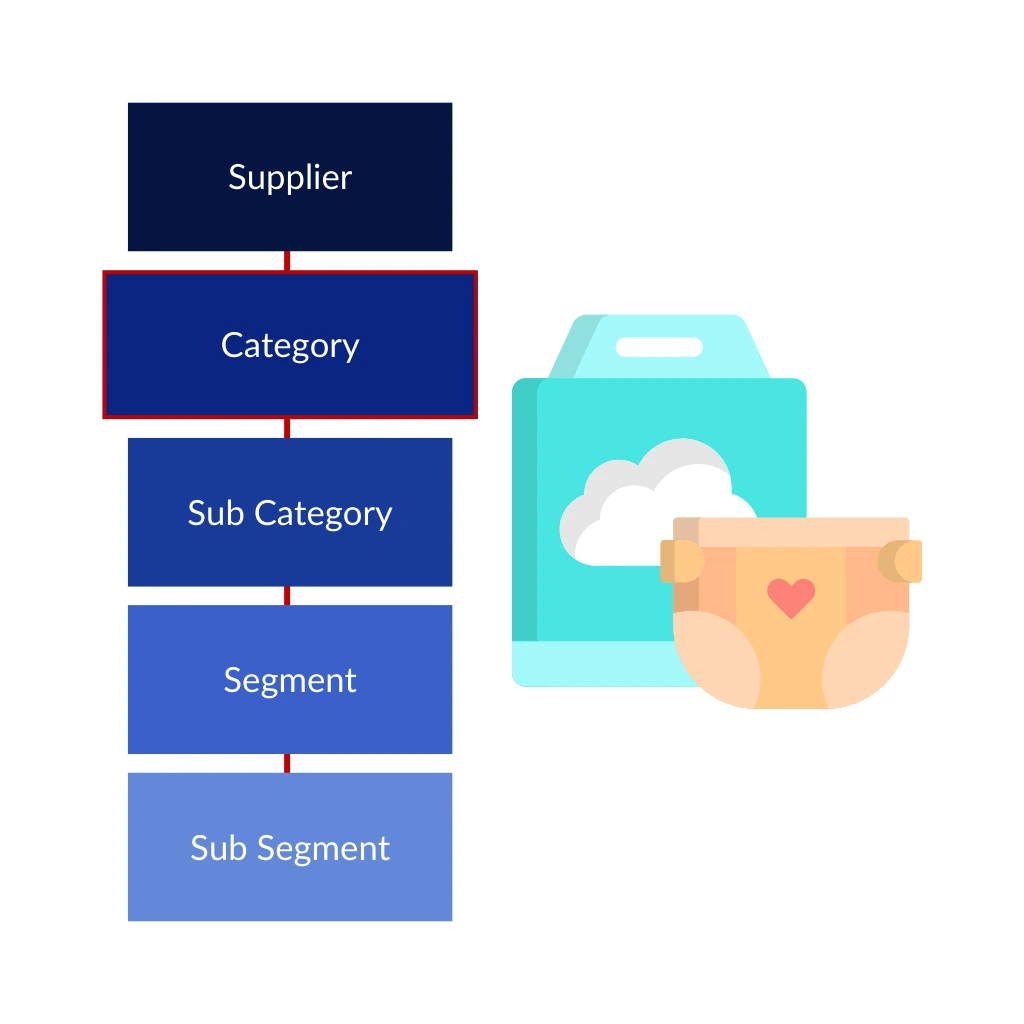
Sub Category
[Secondary Display Structure] A further breakdown within a category that groups products based on even finer distinctions, useful for detailed inventory management and customer targeting.
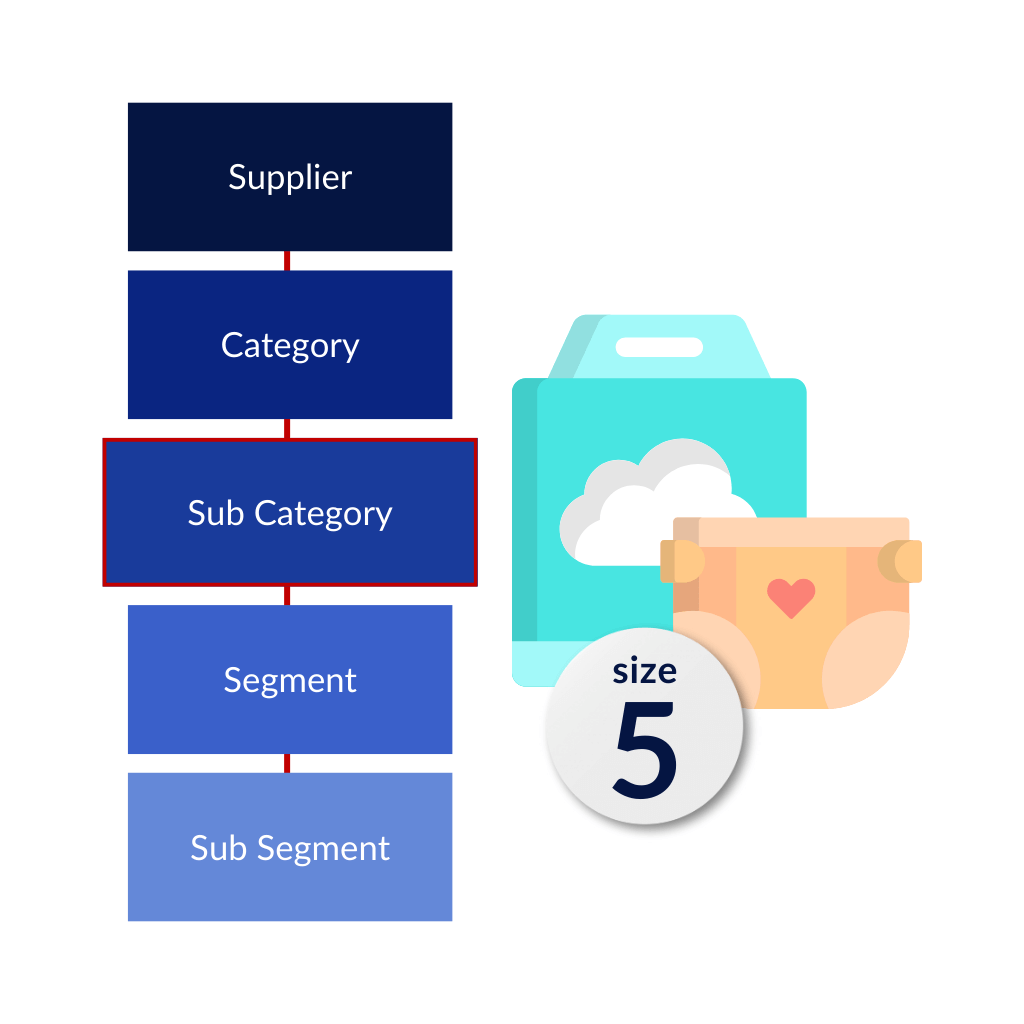
Segment
[Secondary Display Structure] A subdivision within a category that groups products based on more specific criteria, helping to target marketing efforts and tailor inventory.

Sub Segment
[Secondary Display Structure] A division within a segment that categorizes products based on very specific characteristics, allowing for precise marketing and inventory strategies.
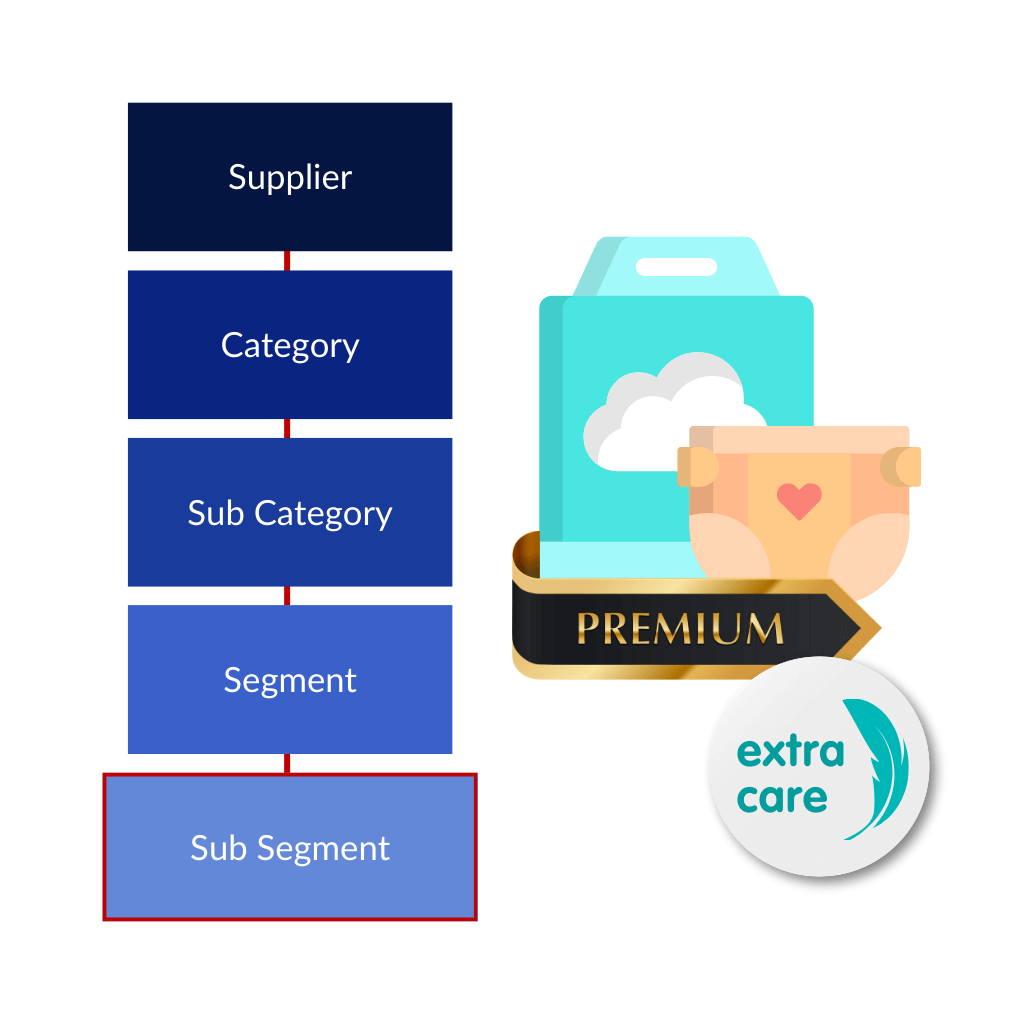
Sustainability
Sustainability product fields are metrics used to evaluate the effectiveness, efficiency and sustainability of the products manufactured or produced, with the goals of reducing the negative environmental impact, improving health benefits and growing the economy locally.
Is Refill
Can the product be refilled instead of needing to buy a new one once finished?
Indicates whether the product is intended to refill a primary container, reducing the need for new packaging and supporting sustainability.
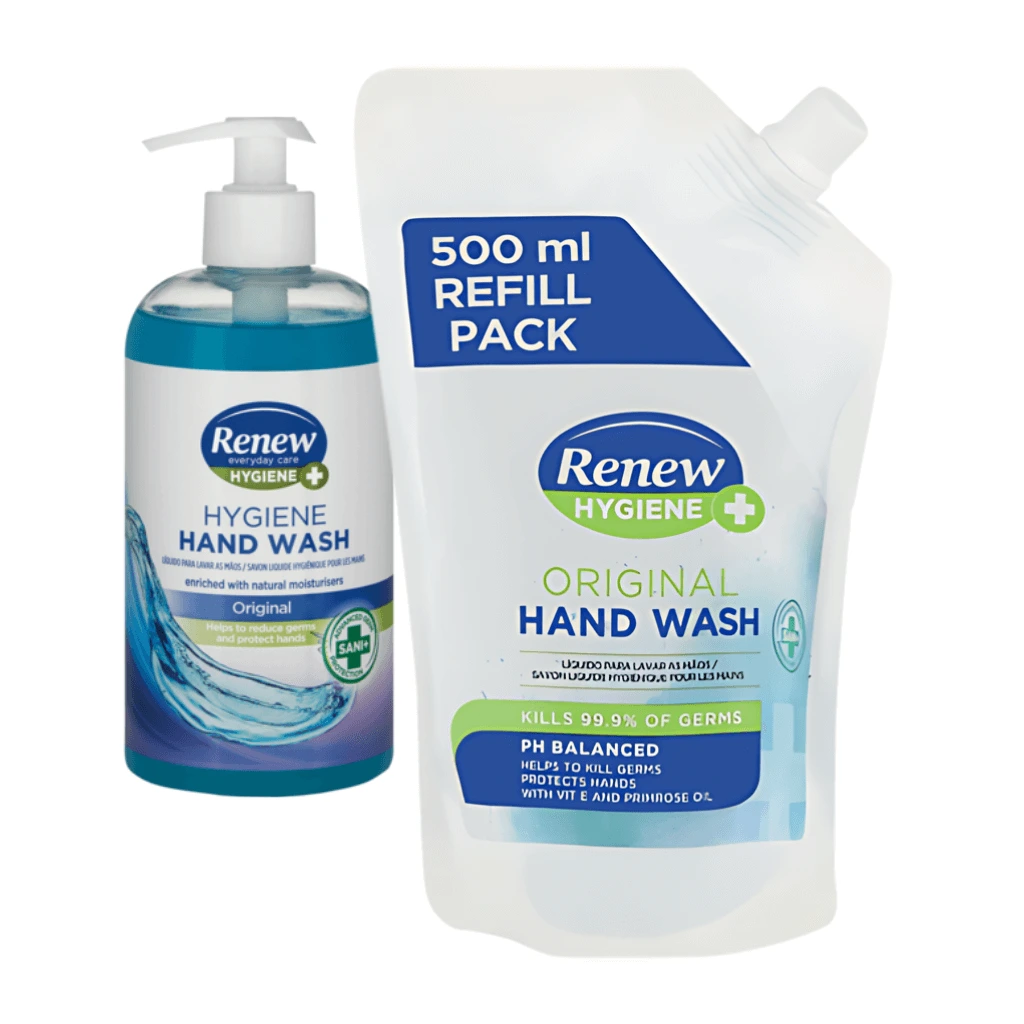
Locally Produced
Is the product locally produced? Or was it imported?
Indicates that a product is manufactured or sourced within a certain geographic area, supporting local economies and reducing carbon footprint.
Locally produced products are meaningful because it provide better quality and fresher food to consumers. It also contributes to the economic, environmental and social well-being of the community. By creating a deeper connection between the consumer and the producer that promotes sustainable living and preserves the heritage and culture of the community.
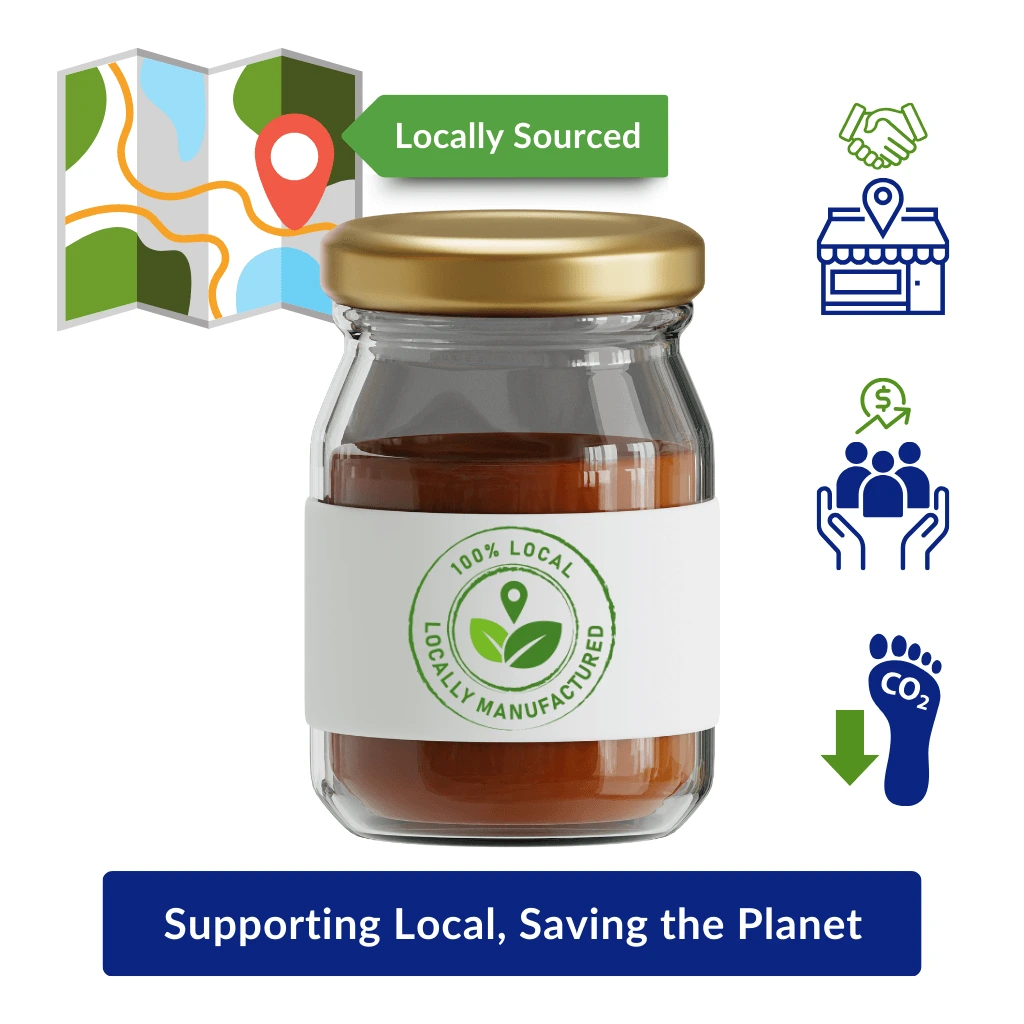
Organic-Certified
Is the product organic certified in some way by a 3rd party?
Indicates that a product meets specific organic certification standards, ensuring it is produced without synthetic chemicals or genetically modified organisms (GMOs).
Organic certified products are measured from the soil health and pest management up until the labelling and marketing of the products. Organic-certified products always provide transparency on the production process that was used which builds trust between the supplier and consumer.

Unethical Production
Is the product produced unethically? So does the production of this product cause long-lasting damage to the environment or the people who worked on it?
Indicates whether a product is associated with practices that are considered unethical, such as child labor, poor working conditions, or environmental harm.
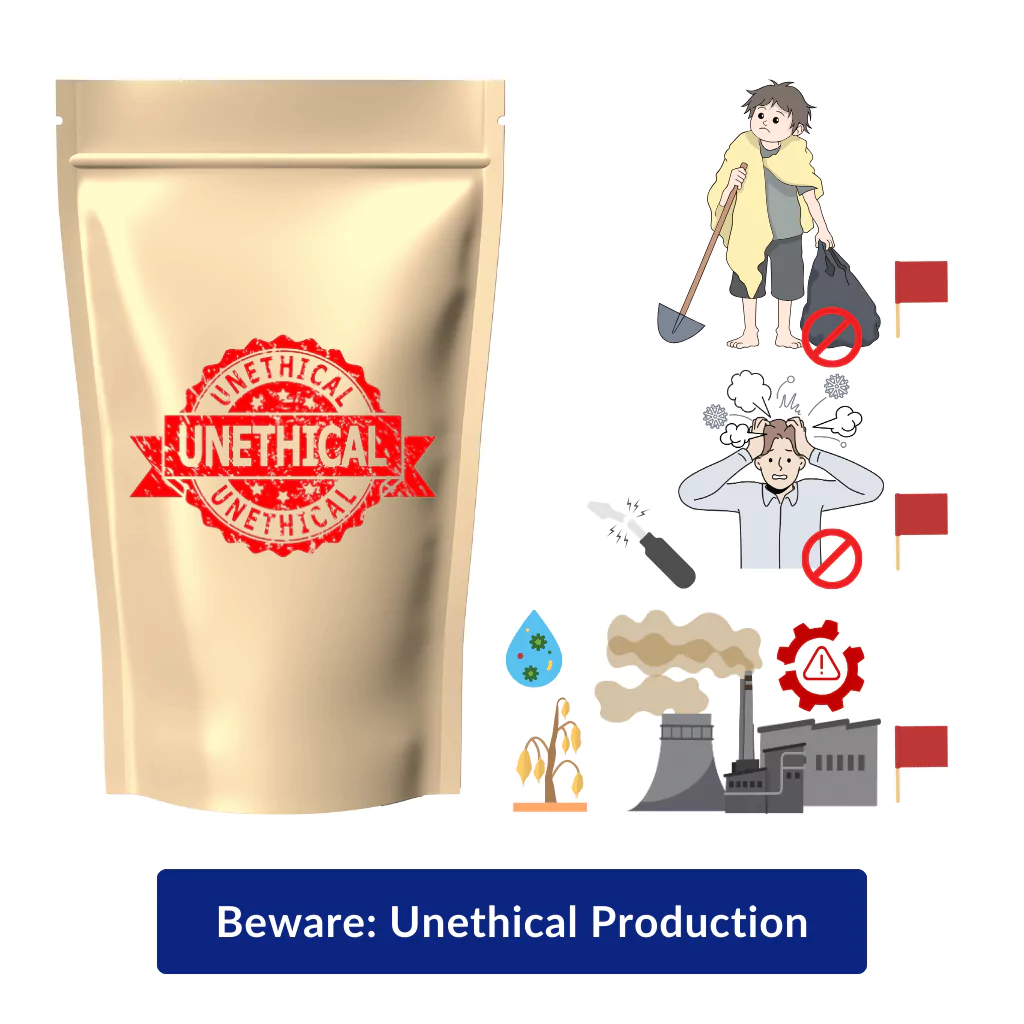
Unethical Production Detail
Please provide a detailed description to the previous field
Specific information about the unethical practices associated with a product, providing transparency and aiding in ethical decision-making.
Unethical production involves environmentally harmful practices like resource depletion, pollution, and biodiversity loss, alongside social injustices such as labour exploitation, child and forced labour, and unsafe working conditions. Economically, it includes unfair wages, price fixing, corruption, and tax evasion. Health and safety violations expose workers to hazardous conditions and produce unsafe products. Legally, it involves regulatory non-compliance and human rights abuses. Industries like fashion, electronics, agriculture, and mining often exemplify
these issues. Addressing unethical production is crucial for sustainability, social equity, and global well-being through stricter regulations, corporate accountability, and consumer awareness.
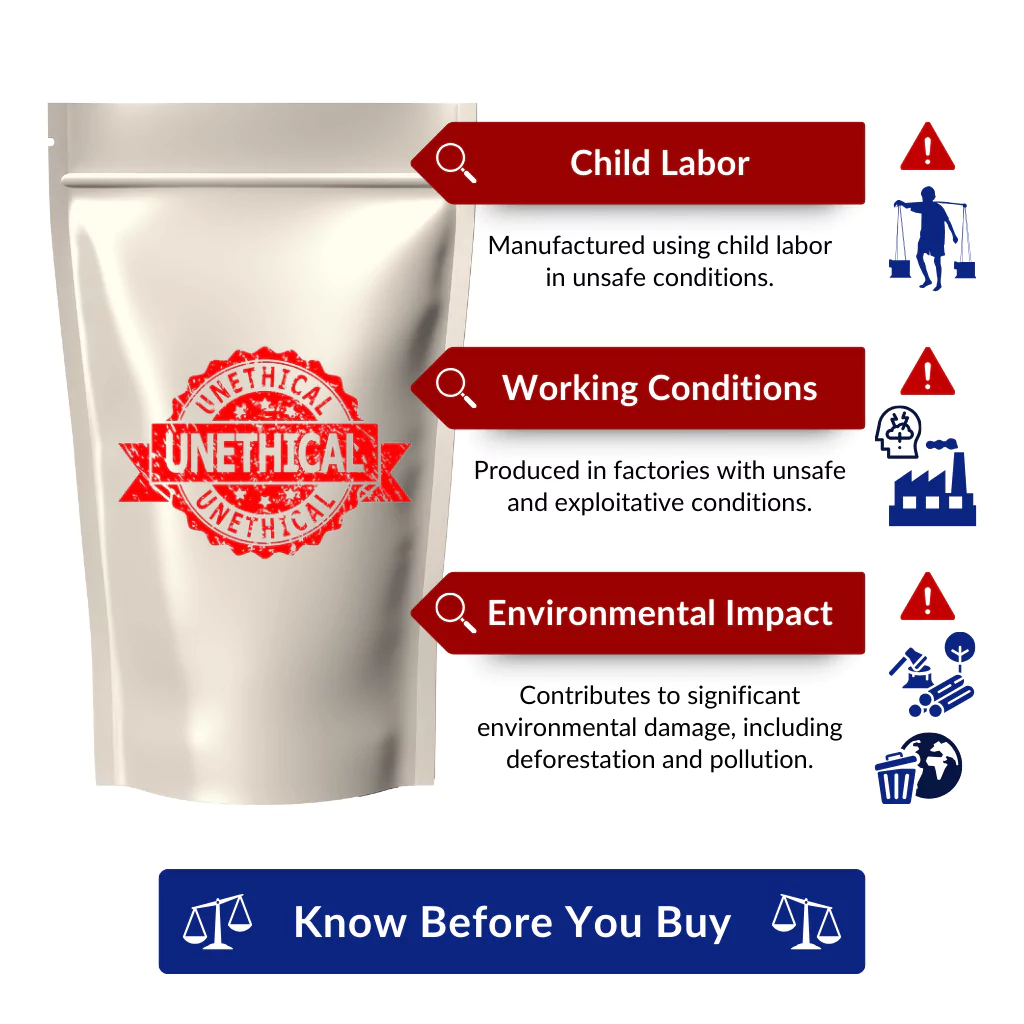
Vegan
Is the product vegan?
Indicates that a product does not contain any animal-derived ingredients or by-products, catering to customers who follow a vegan lifestyle.
Food does not include any animal-derived substances such as meat, dairy and honey. Cosmetics may not include beeswax, carmine or lanolin. Clothing cannot be made from leather, wool, silk or fur. Household items for example cleaning products are free from any animal-derived substances.
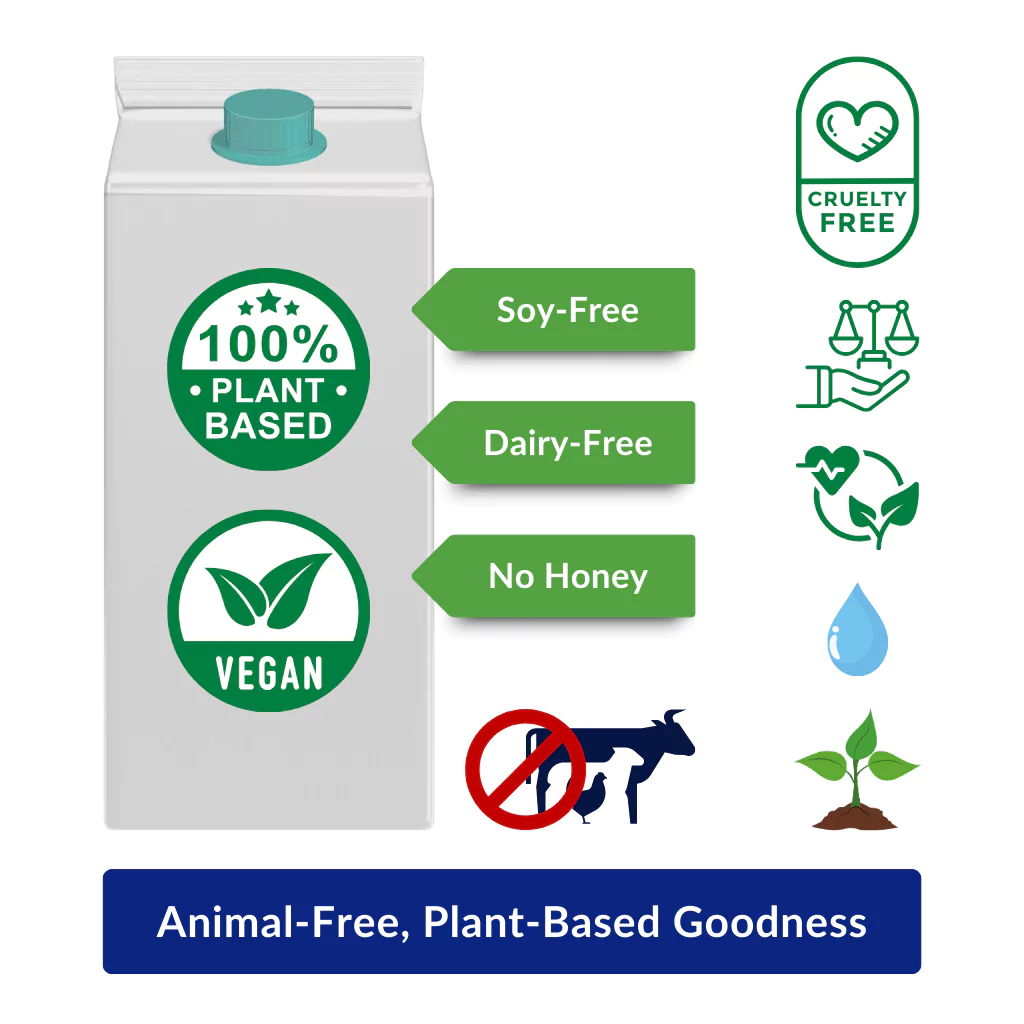
Conclusion
In summary, navigating the data submission standards on the DotActiv Listing Portal involves meticulous attention to a wide array of fields and requirements, each tailored to ensure data quality, accuracy, and relevance. By aligning submissions with these specifications, users not only enhance their data’s usability but also contribute to a streamlined and effective data management process that benefits the entire supply chain. Compliance with these standards aids in making informed decisions, improving operational efficiency, and supporting broader organizational goals. As data-driven decision-making continues to shape the business landscape, adopting these best practices empowers users to maximize the impact and value of their contributions to the DotActiv Listing Portal.
